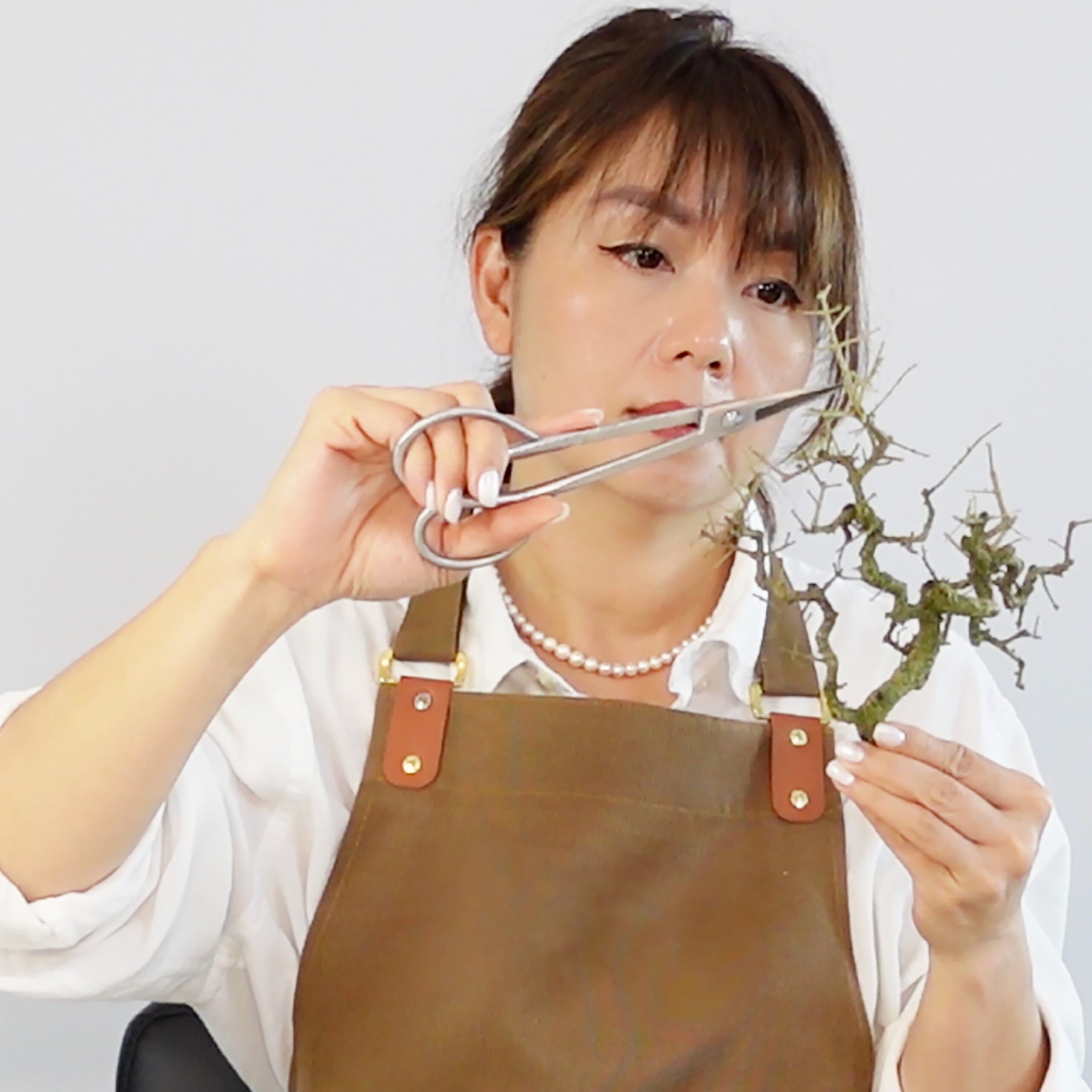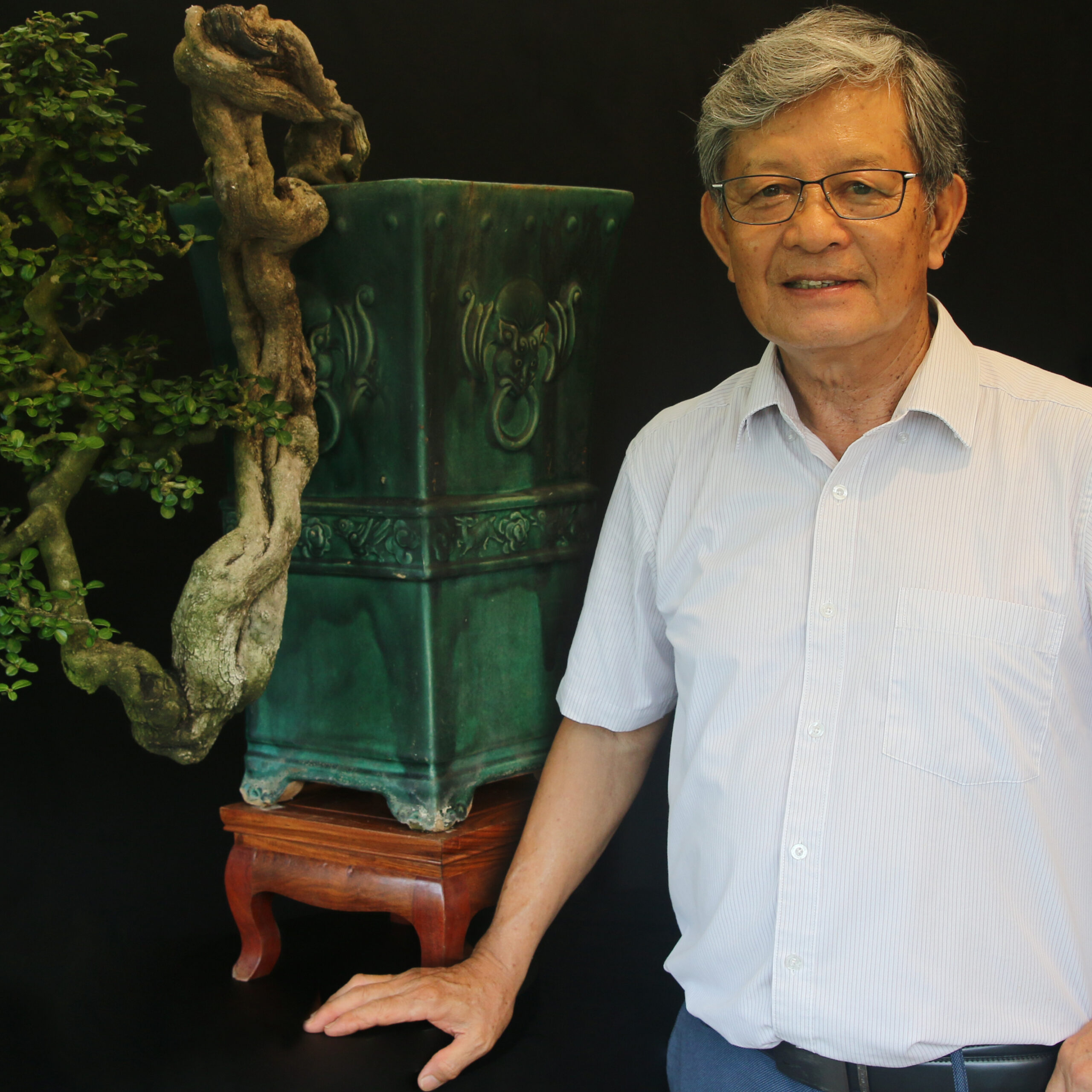Serpentine Constellation
About the Artwork
This quartet of works, inspired by Lingnan penjing, exemplifies a contemporary reimagining of traditional craftsmanship. Kammy Wong has taken withered stumps and branches from her father's collection, recontextualizing them within a new artistic framework. This revitalizes the life of these aged plants and bridges the gap between artistry and skilled craft. The collection embodies the artisans’ dedication to merging traditional craft with modern design, and their unrelenting perseverance in creating highly detailed miniature landscapes as a manifesto of Hong Kong’s enduring spirit.
Lingnan penjing prizes asymmetry; Serpentine Constellation elevates this principle to a new height. The piece, with its sinuous lines, interwoven with the luminous beauty of pearls, presents itself as an immersive installation. It pushes the boundaries between artistry and craftsmanship, while paying homage to the philosophical ideals of Lingnan penjing – drawing inspiration from nature, yet imbued with the artisans’ inner vision.
Story of Lingnan Penjing
Penjing lacks a single point of origin; Master Wong's specialization, Lingnan penjing, is one of the nine major schools. According to Master Wong, Lingnan penjing reveres nature by emphasizing the cultivation of landscape plants in their natural forms with minimal artificial intervention. The unique technique of branch pruning and shaping is repeatedly employed to highlight the distinctive natural variations of each individual penjing. In contrast, Japanese penjing typically requires more active intervention from the artisan, using aluminium or copper wires to manipulate the trunk and branches into desired forms, thereby achieving a predetermined aesthetic. In other words, the uniqueness of Lingnan penjing lies in the artisan's commitment to connecting humanity and nature by respecting the individuality of each plant.
The beauty of Lingnan penjing lies in the ingenious arrangement of its branches and the harmonious flow of its lines. Its techniques are diverse and demand meticulous craftsmanship to achieve perfection. The following explains its intricacies:
- Pruning and shaping: Compared to other styles of penjing which emphasizes strict geometric rules, Lingnan penjing privileges asymmetry to create a flowy silhouette. Selective pruning of branches and trunk trimming encourage organic growth. Artisans carefully and repeatedly prune branches to induce natural curves, mimicking the lines and angles found in wild trees.
- Wiring: Lingnan penjing uses minimal wiring to allow the natural growth of branches.
- Root pruning: Roots are regularly pruned to encourage a shallow root system which is essential to the health of plants. They are also trained to grow in specific directions to form unique shapes.
- Potting: Paired with consistent root pruning, shallow pots also help maintain a healthy and shallow root system. Also, glazed pots are used to embellish the overall composition by enhancing the aesthetic appeal.
- Styling: Lingnan penjing prioritizes naturalism. The trees are pruned and styled in animated fashion that resemble the natural movement of trees in the wild landscapes.
- Embellishments: Rocks and moss are often used as a finishing touch to complete the Lingnan penjing. Rocks have several important functions: complementing the tree by balancing the composition, adding diversity to the landscape and creating a harmonious color scheme. Moss, on the other hand, is laid on top of the soil to mimic the natural greenery.
- Protective function: To protect the plant from excessive heat and water loss, aluminum foil or synthetic mat are strategically placed to shield the top part of the trunk from direct sunlight and minimize water loss.
- Keen observation: Artisans often draw inspirations from the natural environment. This demands impeccable observation skills, patience and a sincere appreciation for nature.
Making Process
Kammy drew inspiration from Master Wong's penjing, reinterpreting elements such as withered stumps and branches to create this collection of works.
She began by cutting branches from the original penjing, sterilizing them through boiling water to prevent pest infestation and further decay. She then meticulously cleaned the branches with brushes, air-drying them in sunlight until they were completely dehydrated before a final surface cleaning with alcohol. Following pruning and cleaning, she utilized these branches to realize her artistic vision.
Artworks from same series
OTHER WORKS FROM EXHIBITION
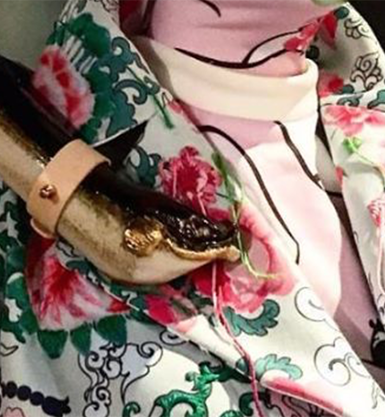
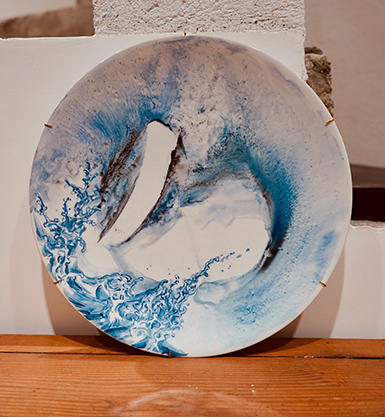
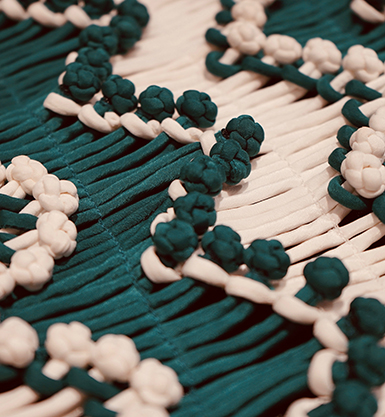
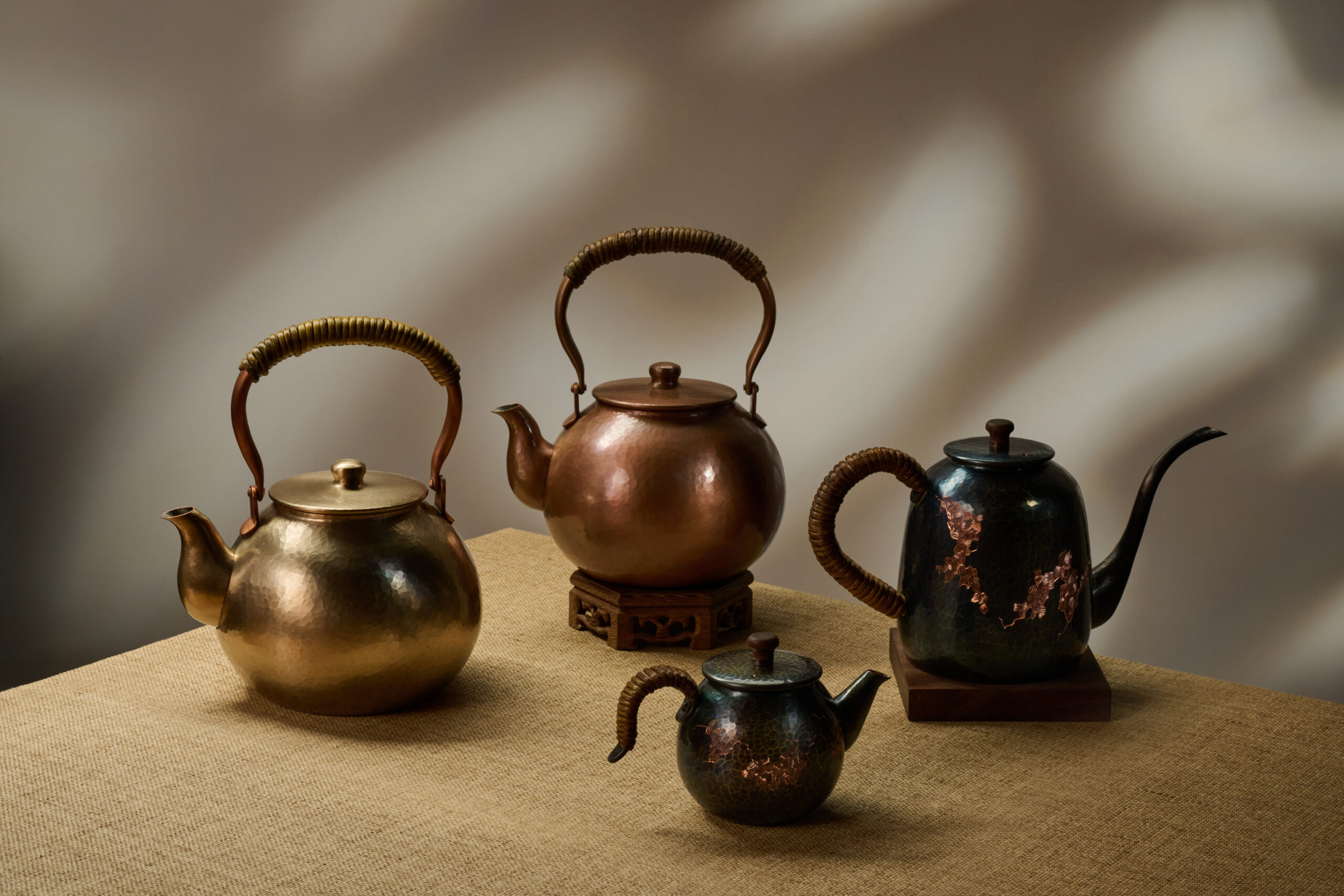
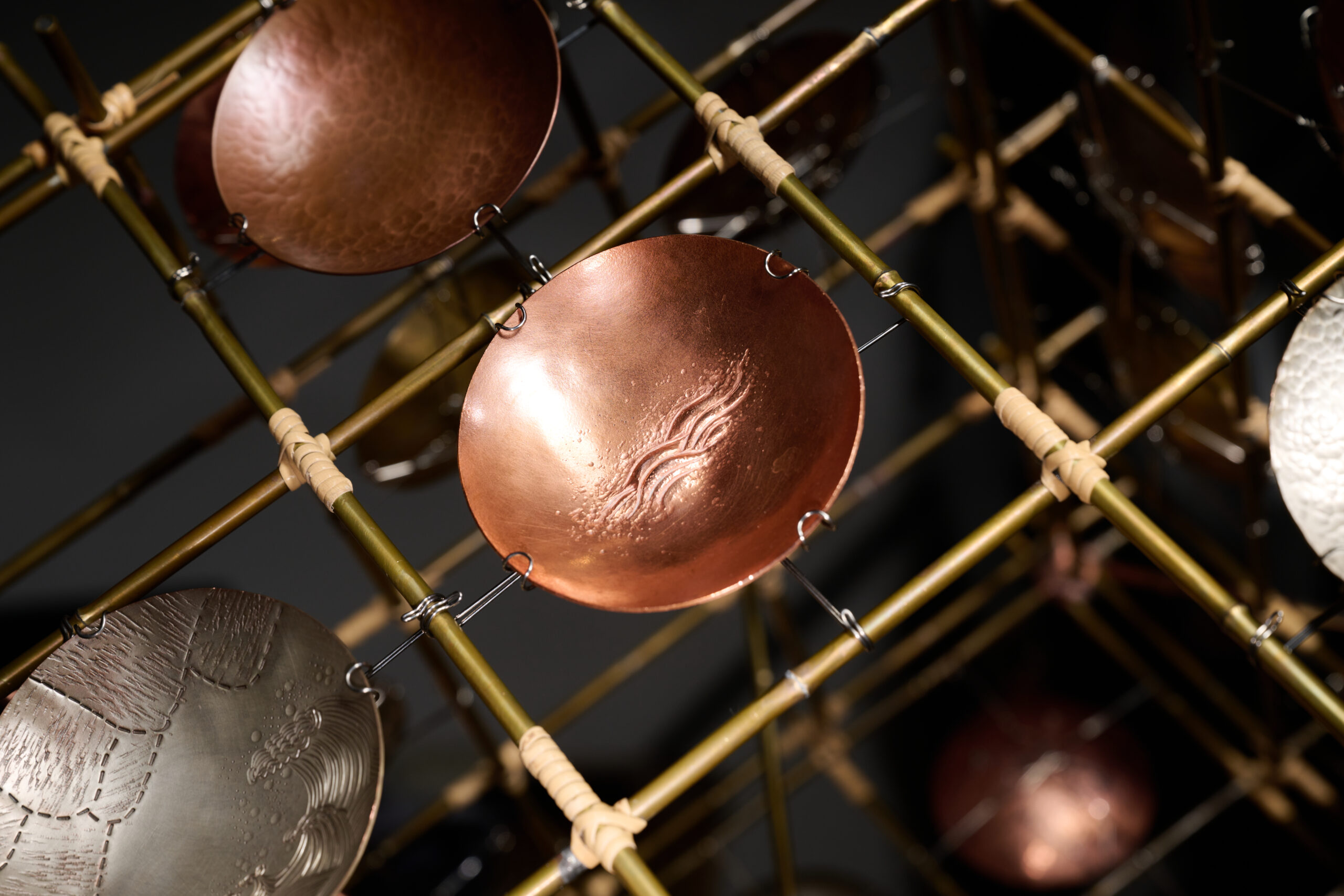
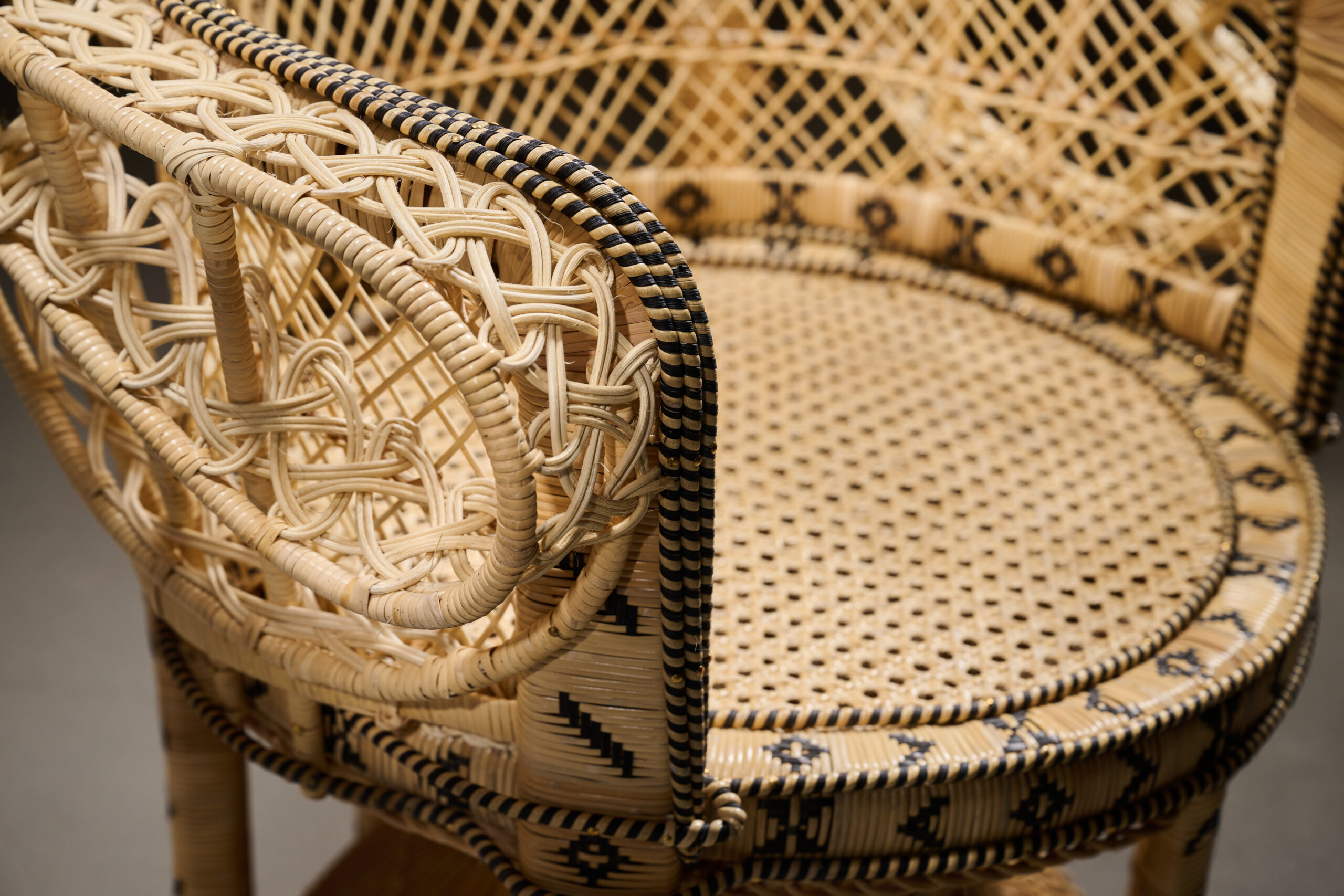
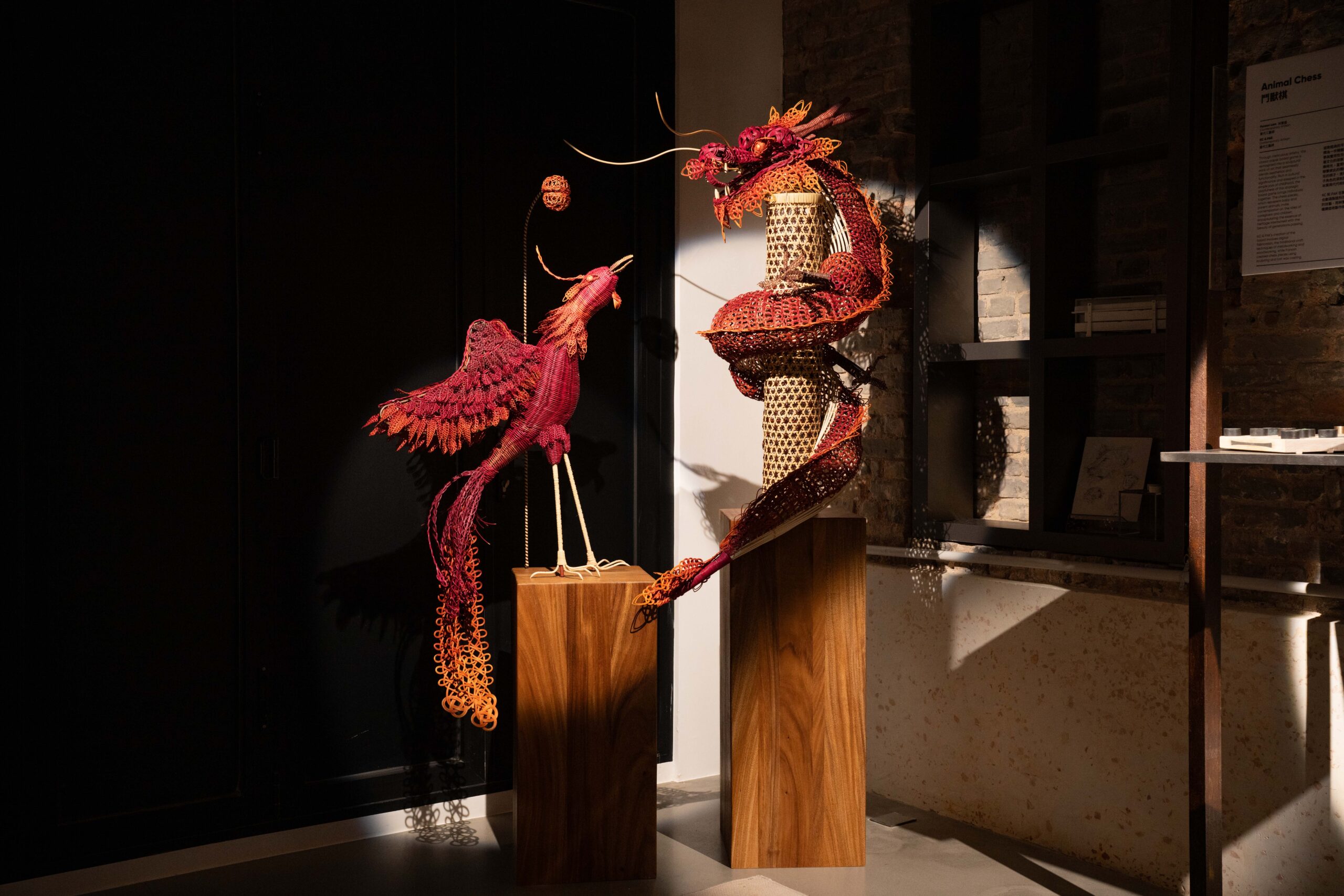
Auspicious Horizons
Yue Kee Rattan Factory & Ahung Masikadd & Barnard Chan & Cecilia Lai


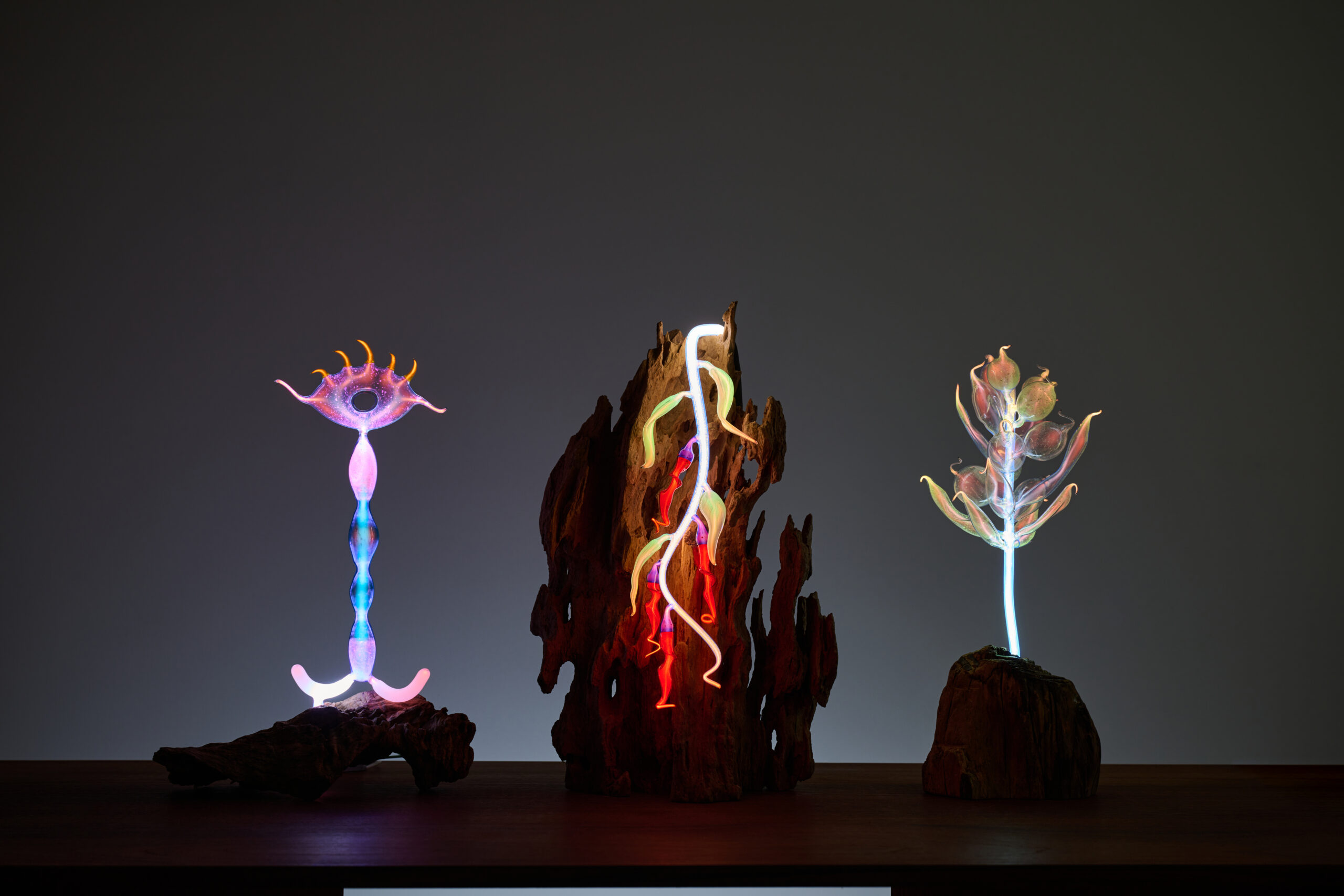
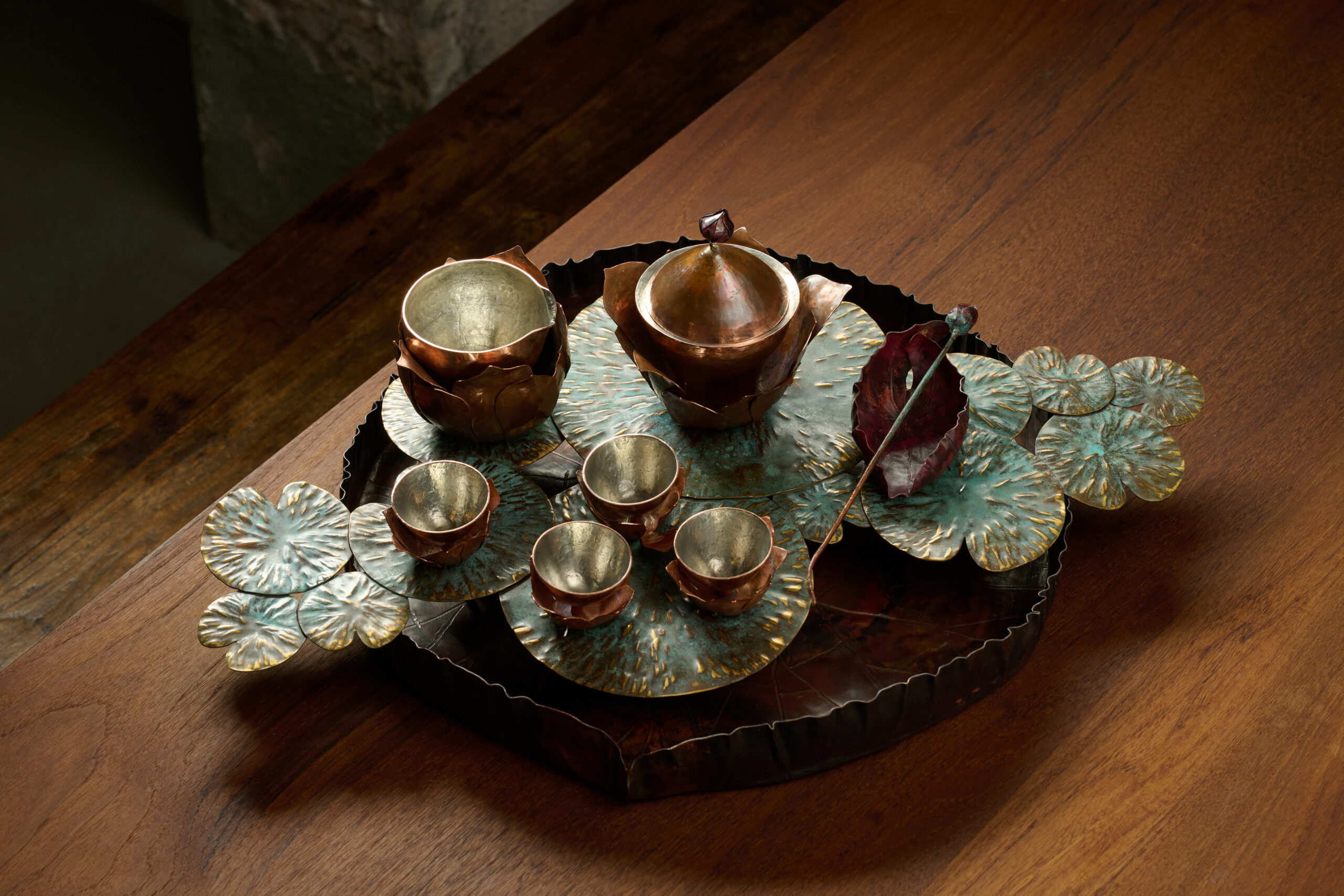
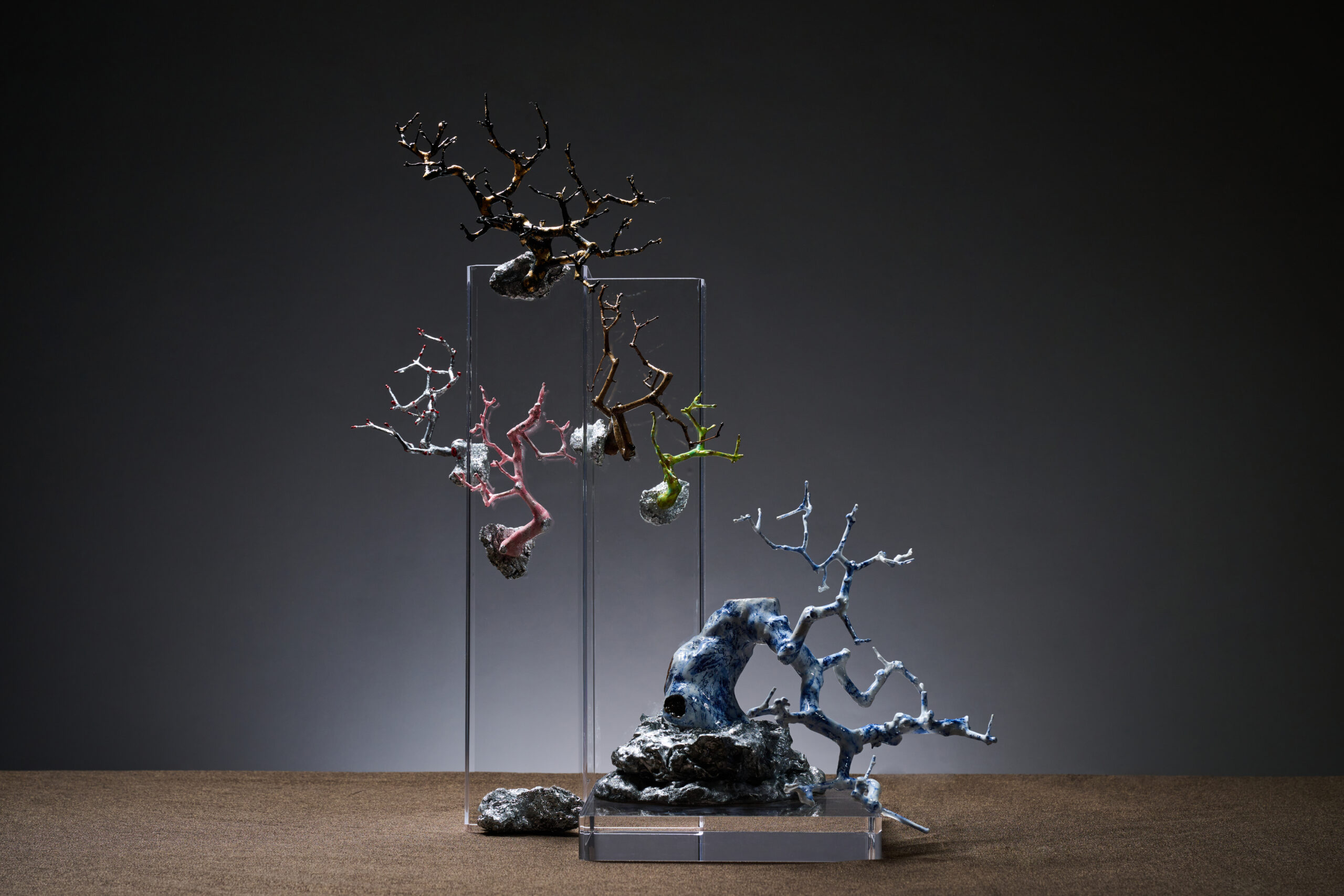
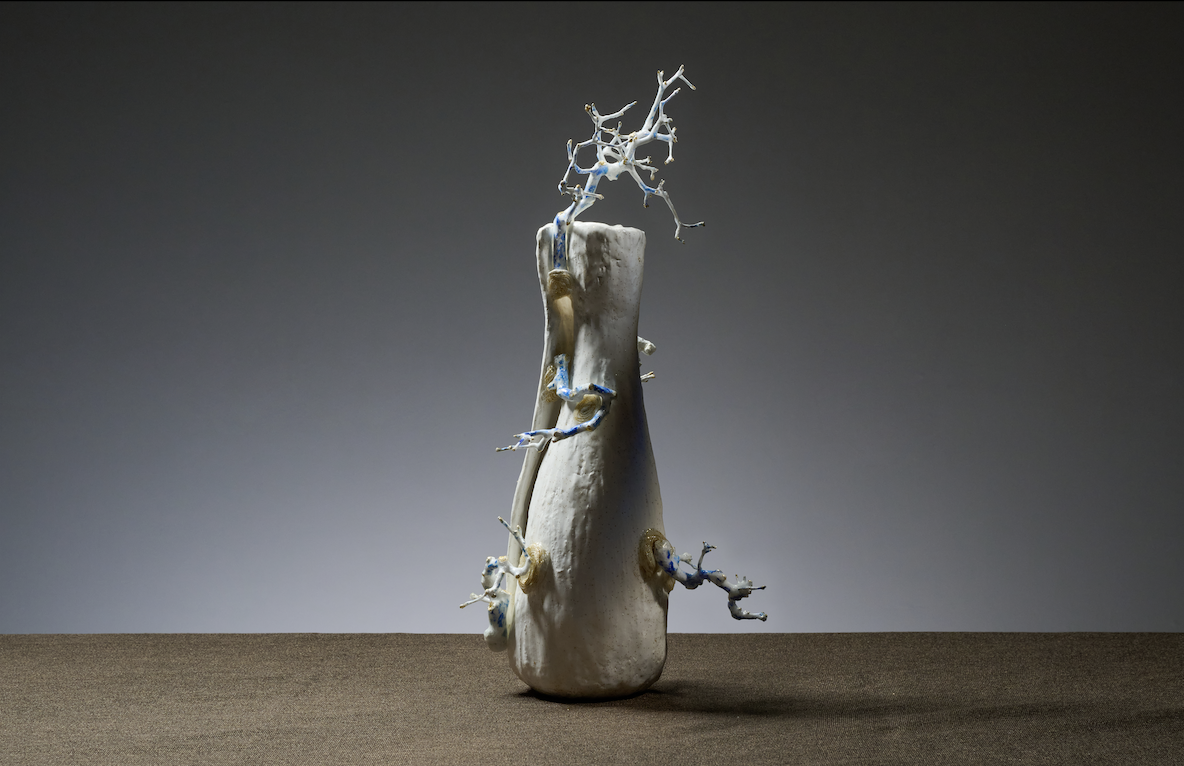
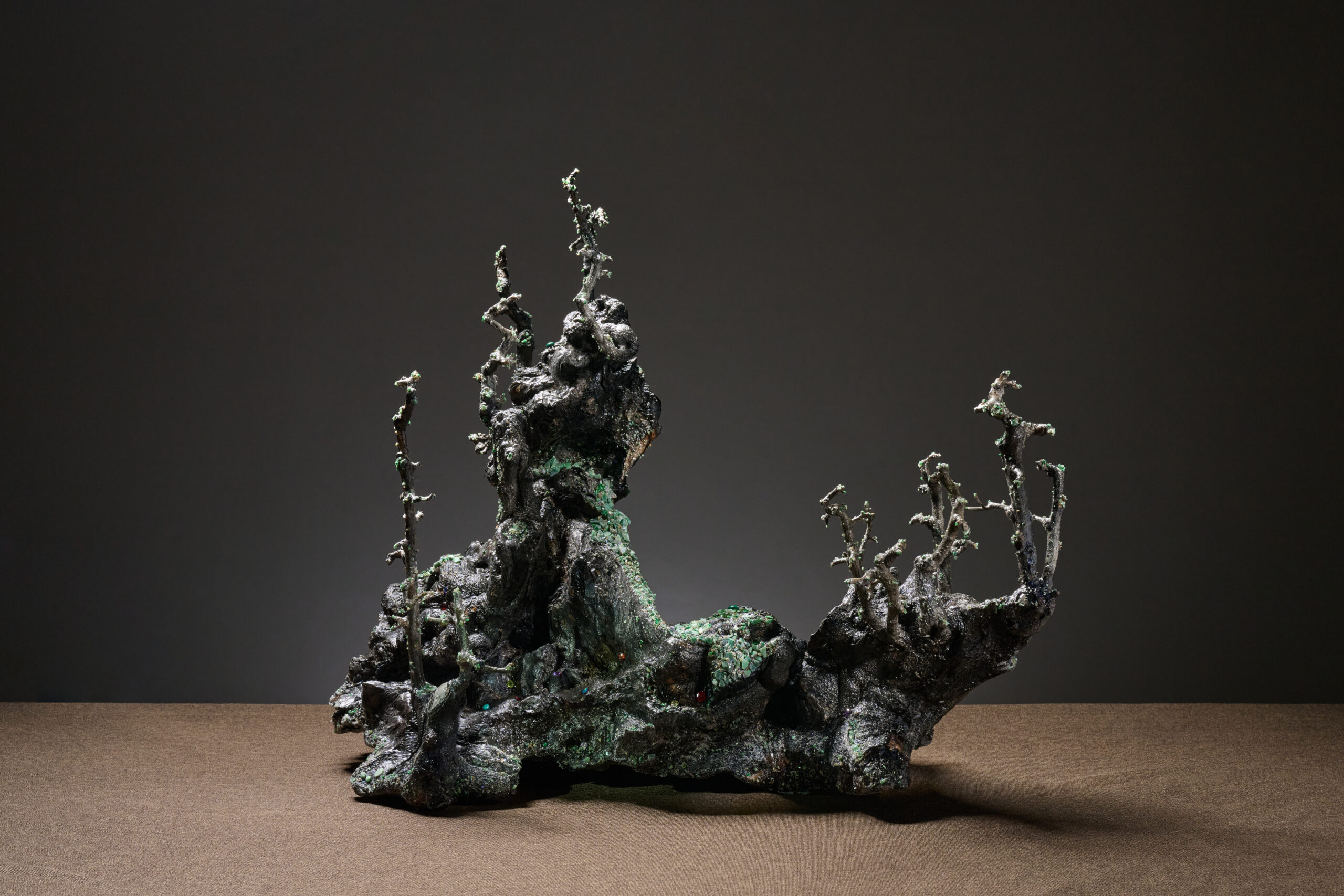
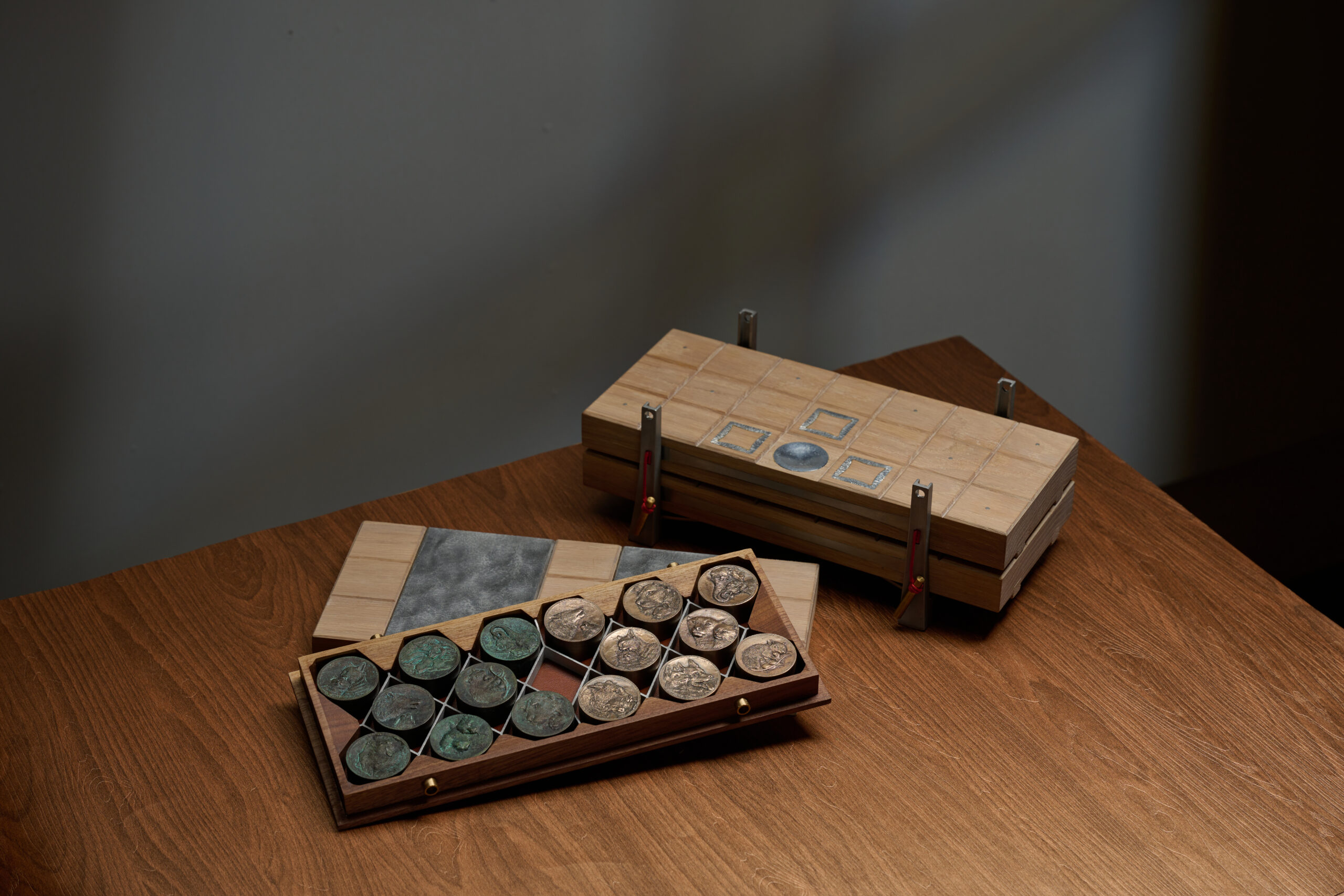
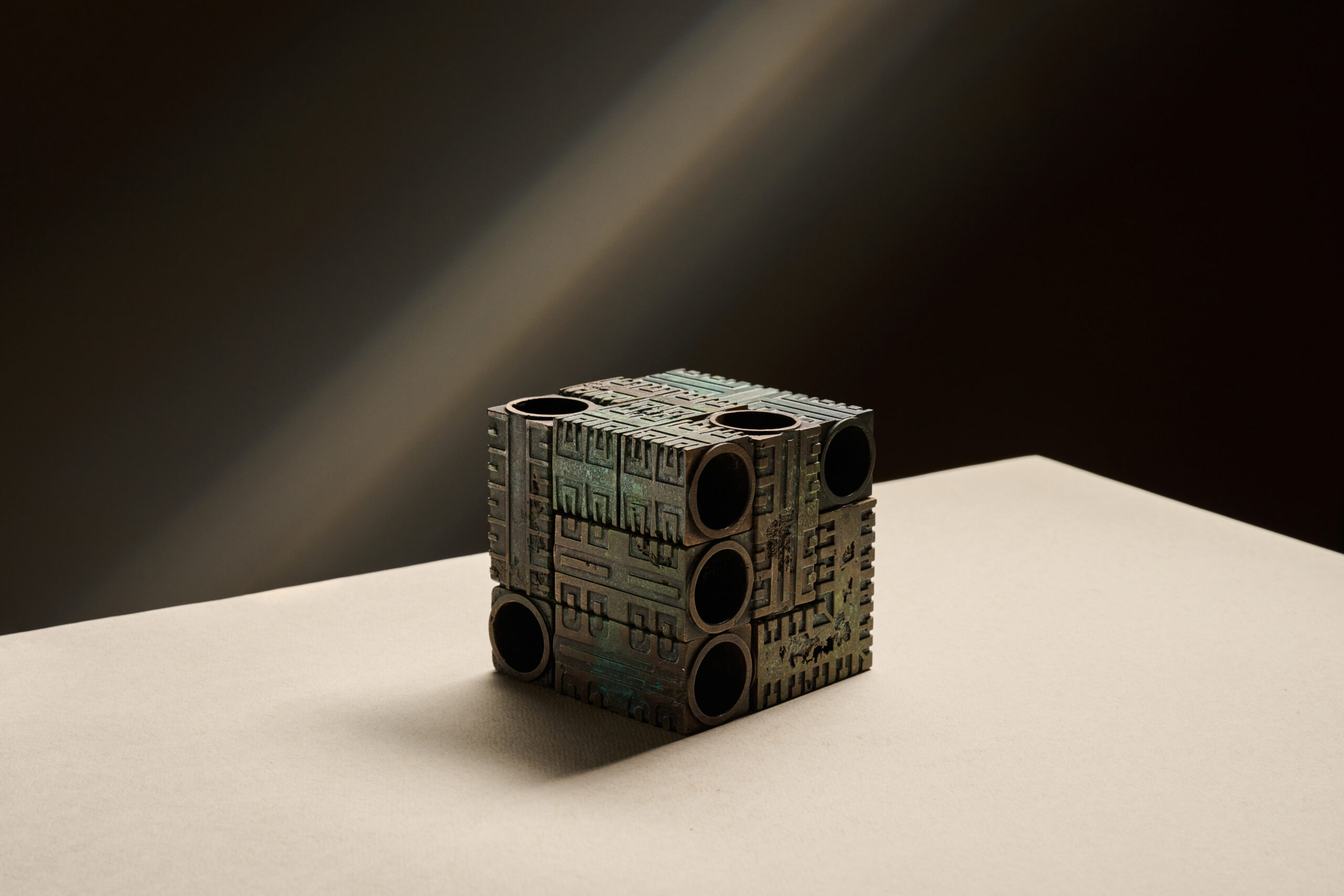
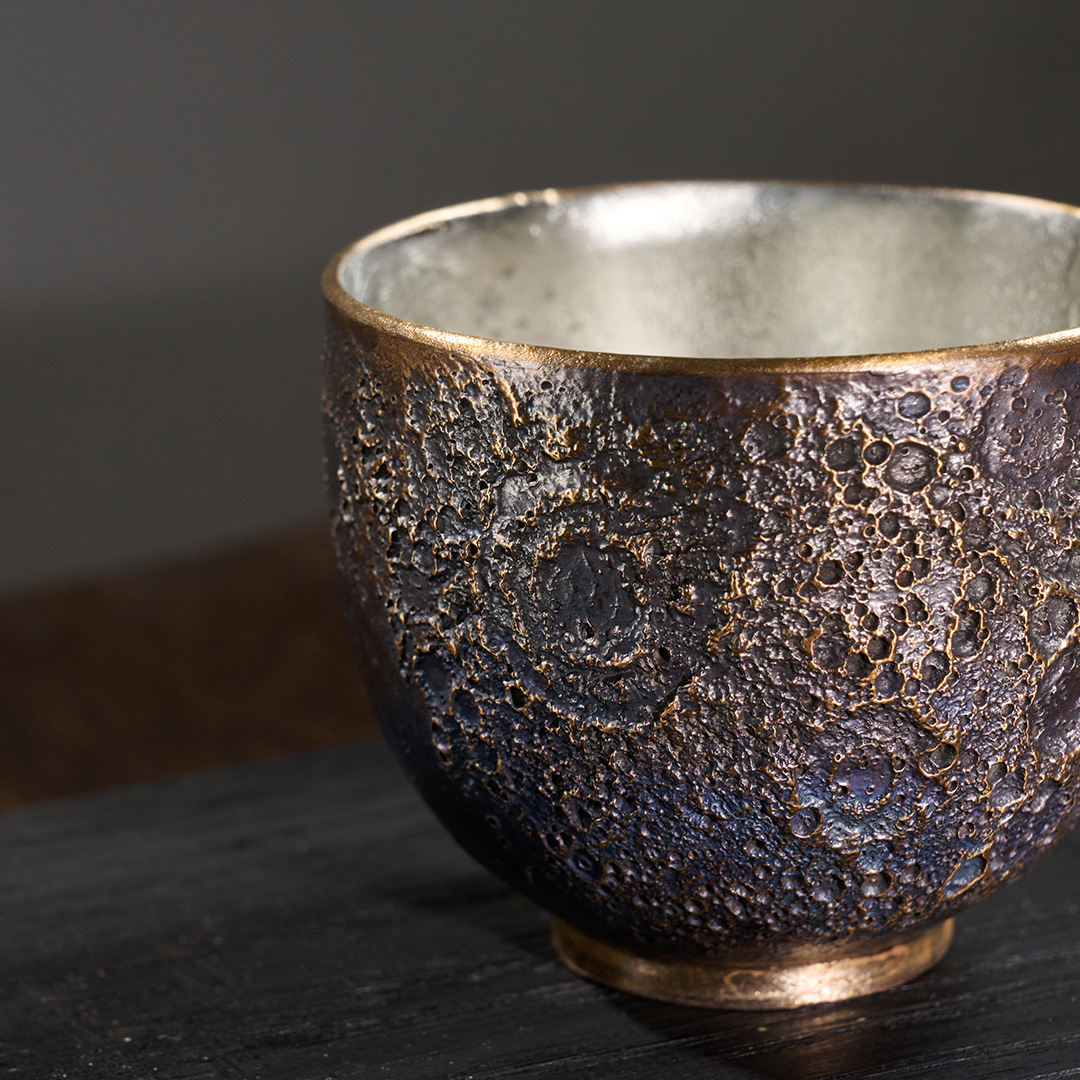
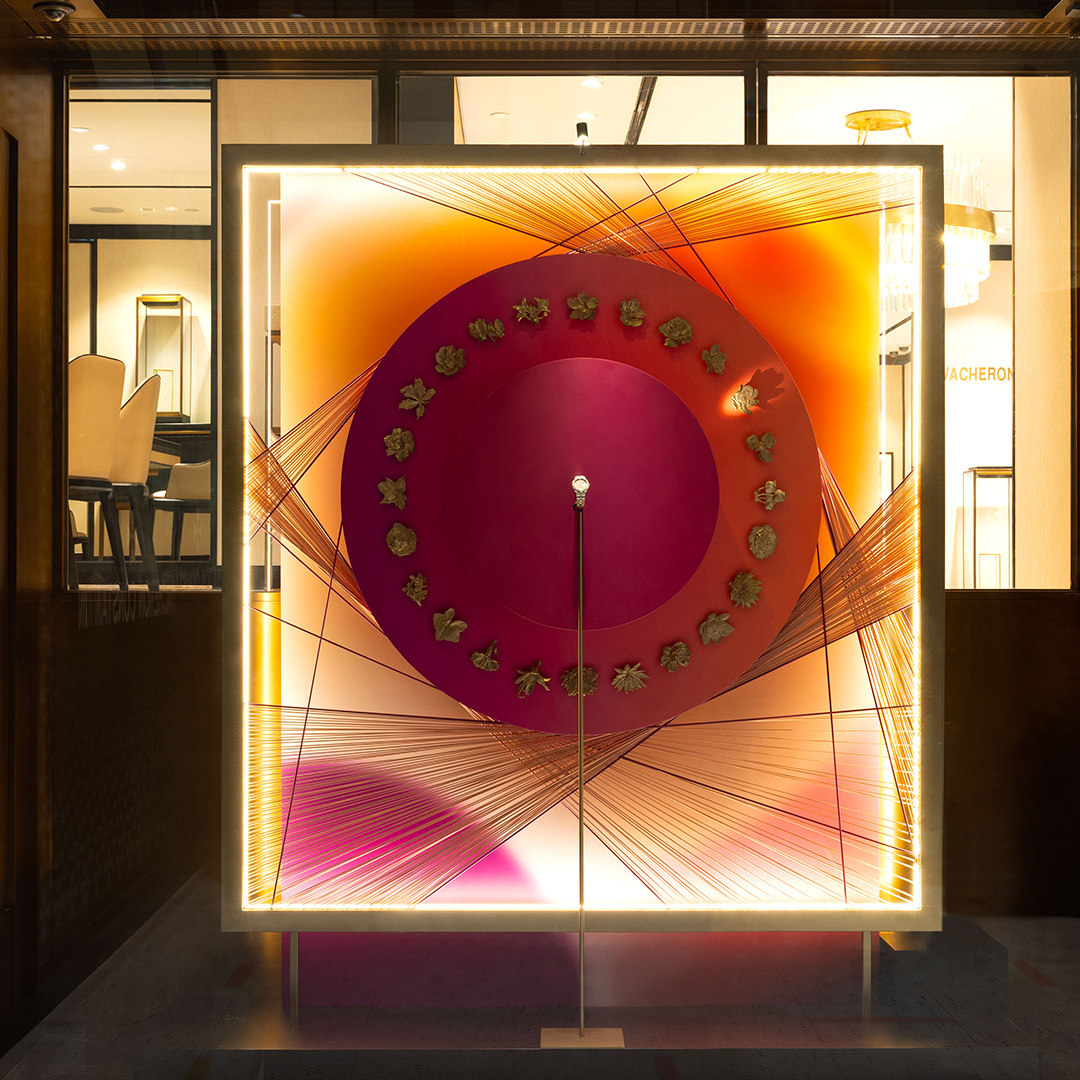
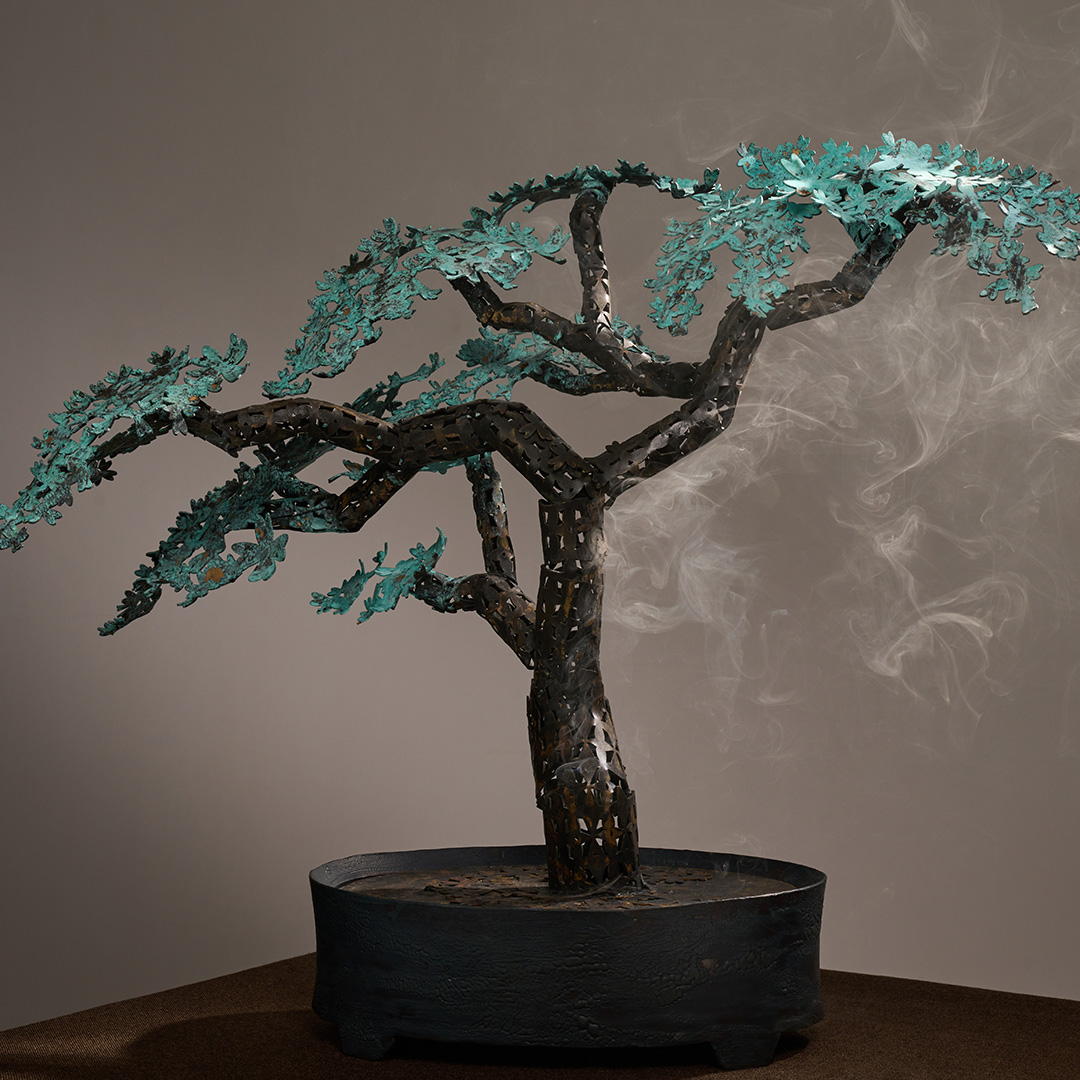
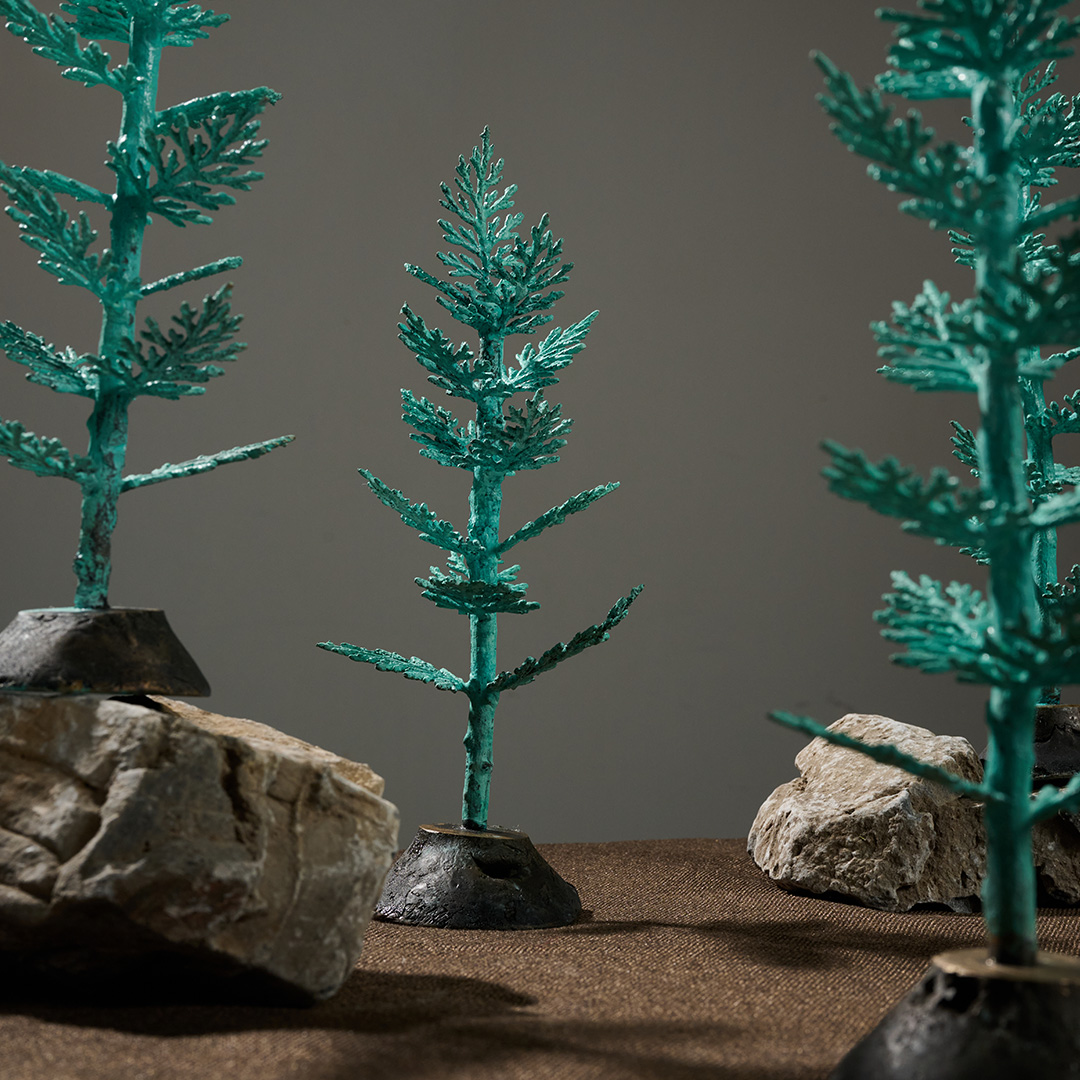
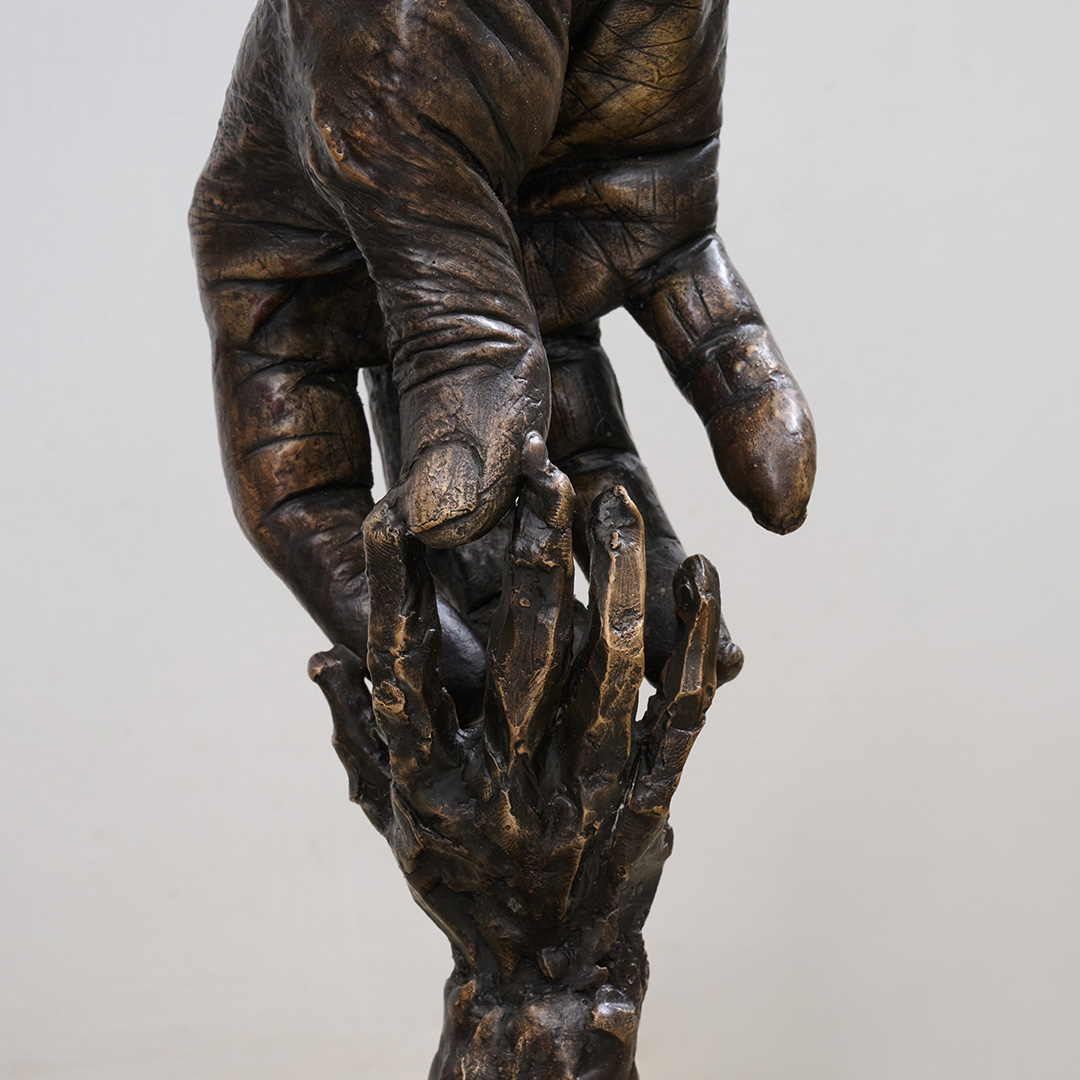
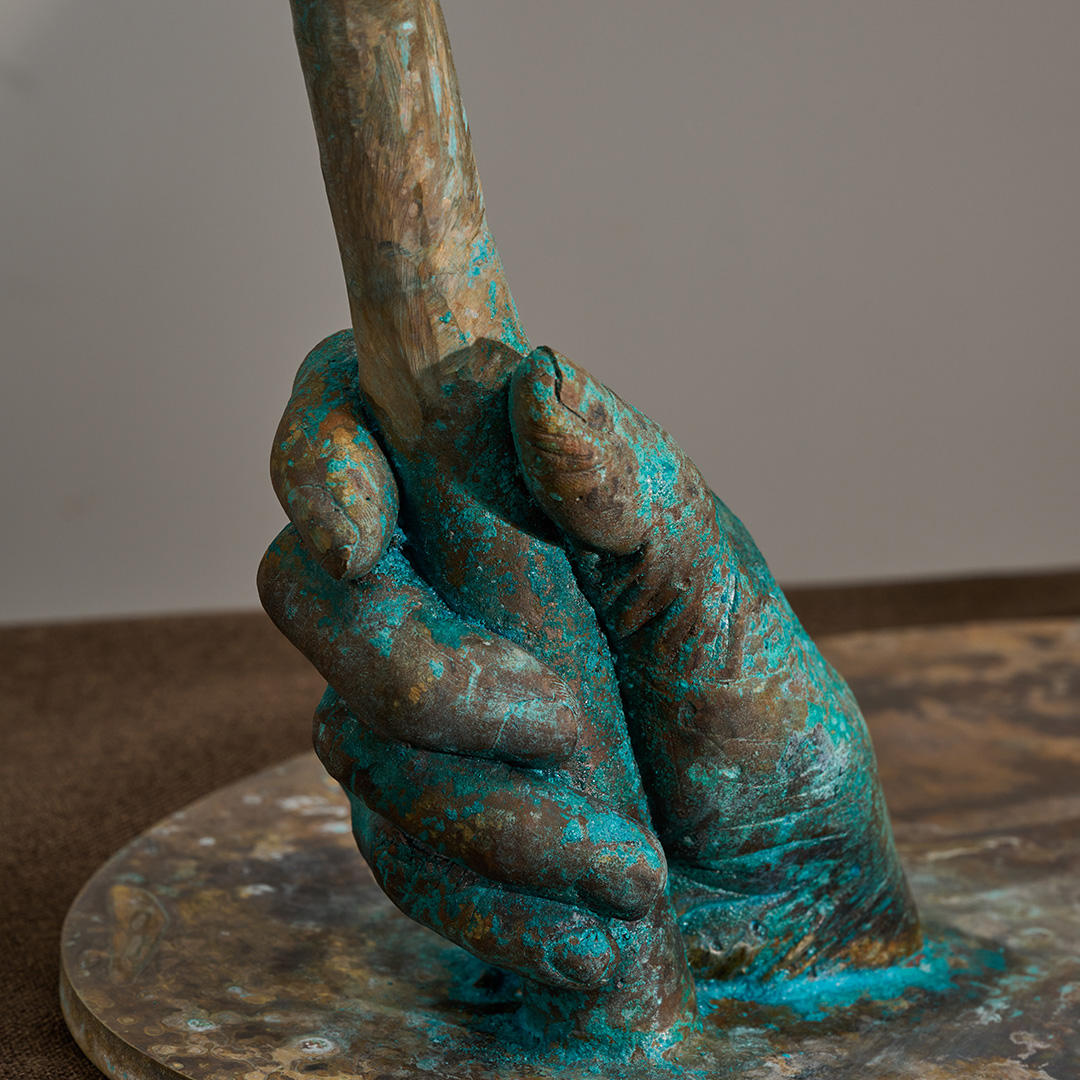
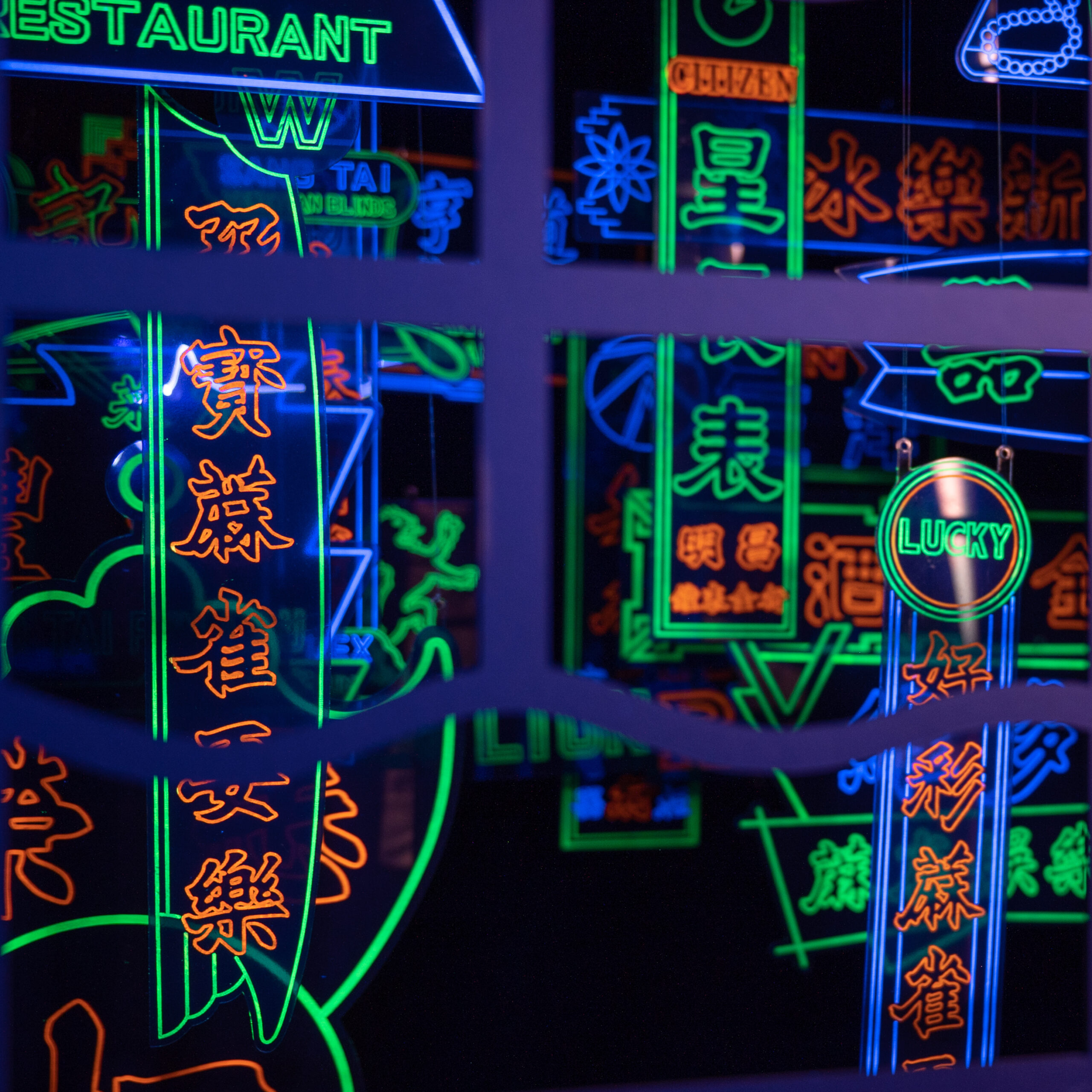
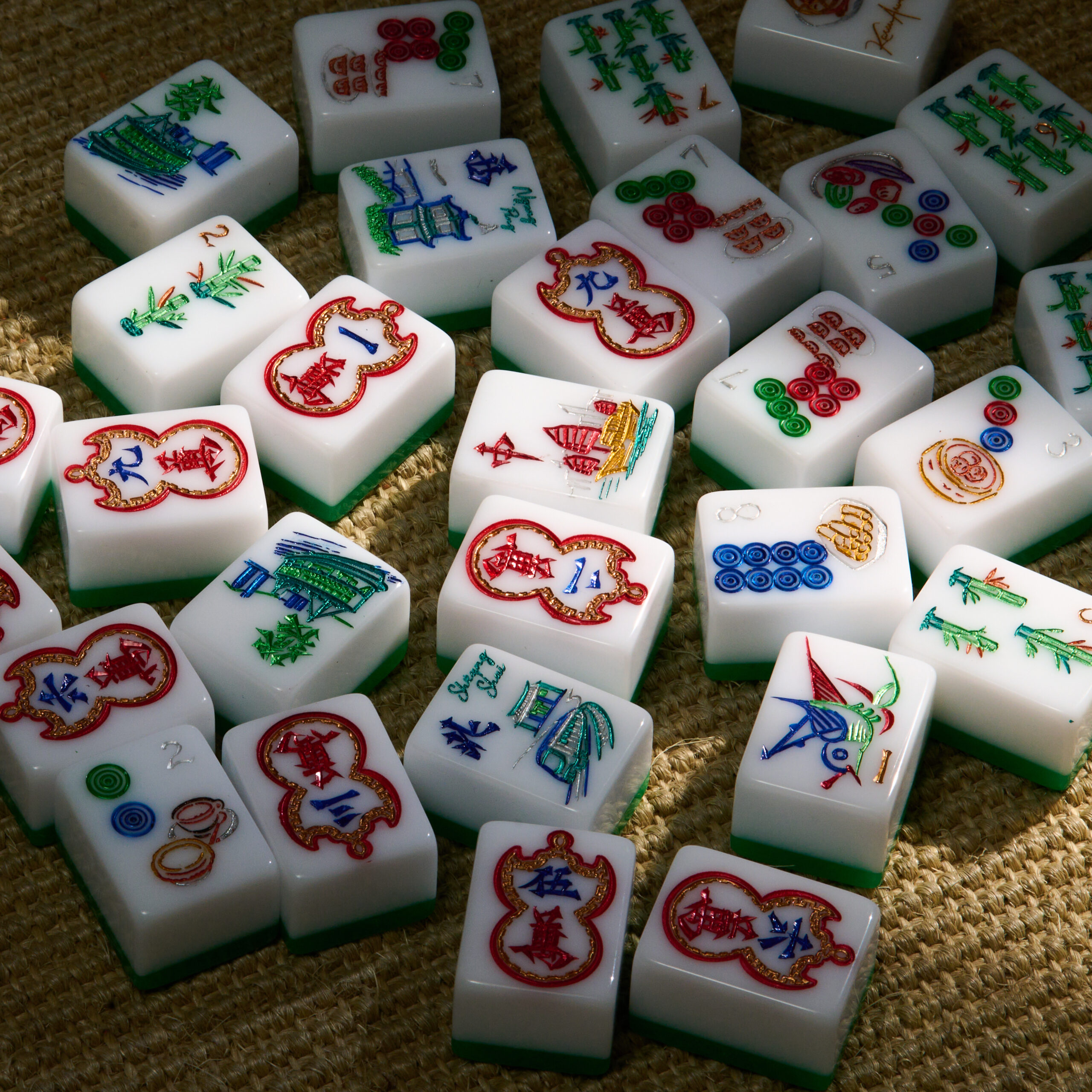

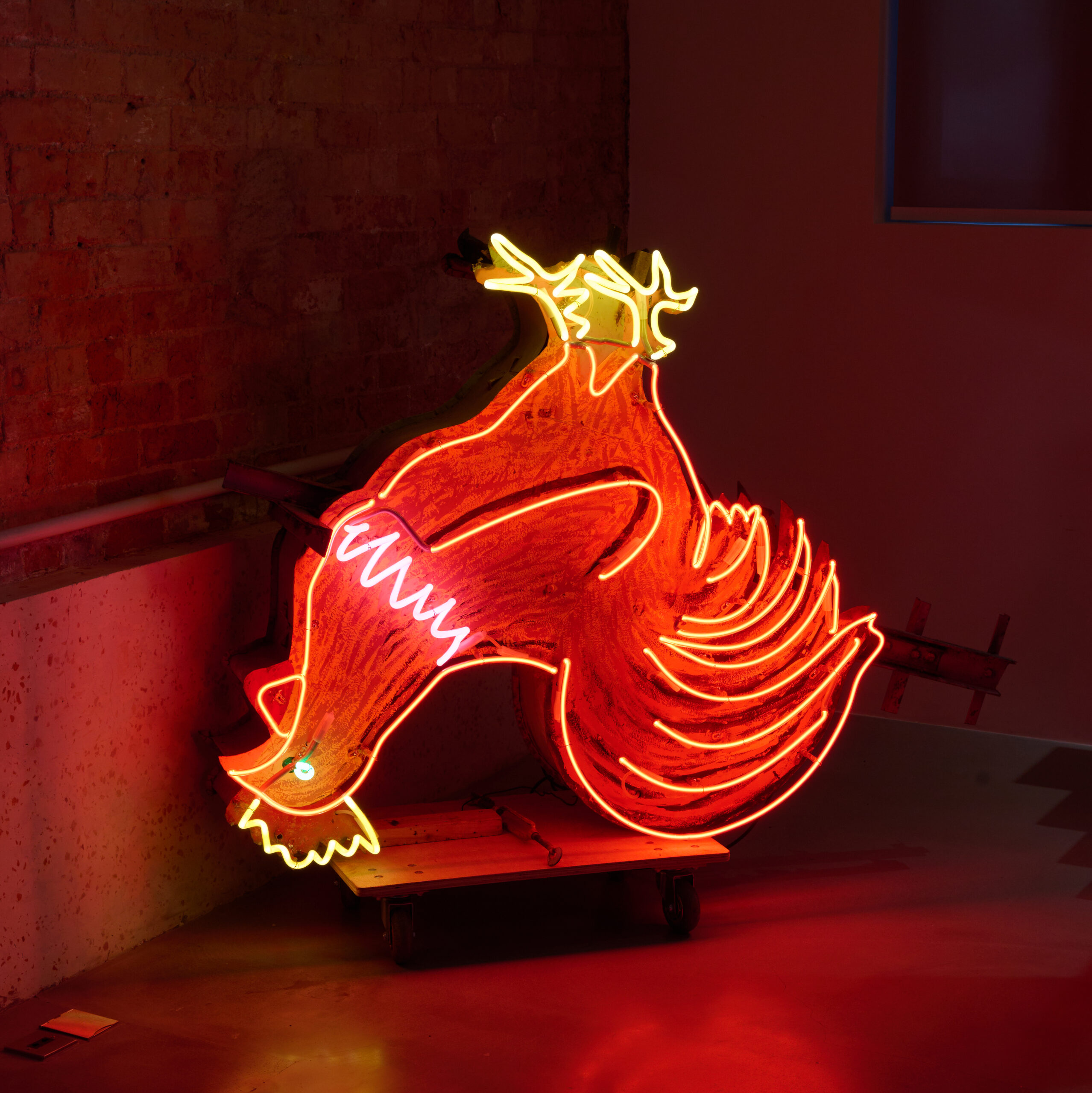
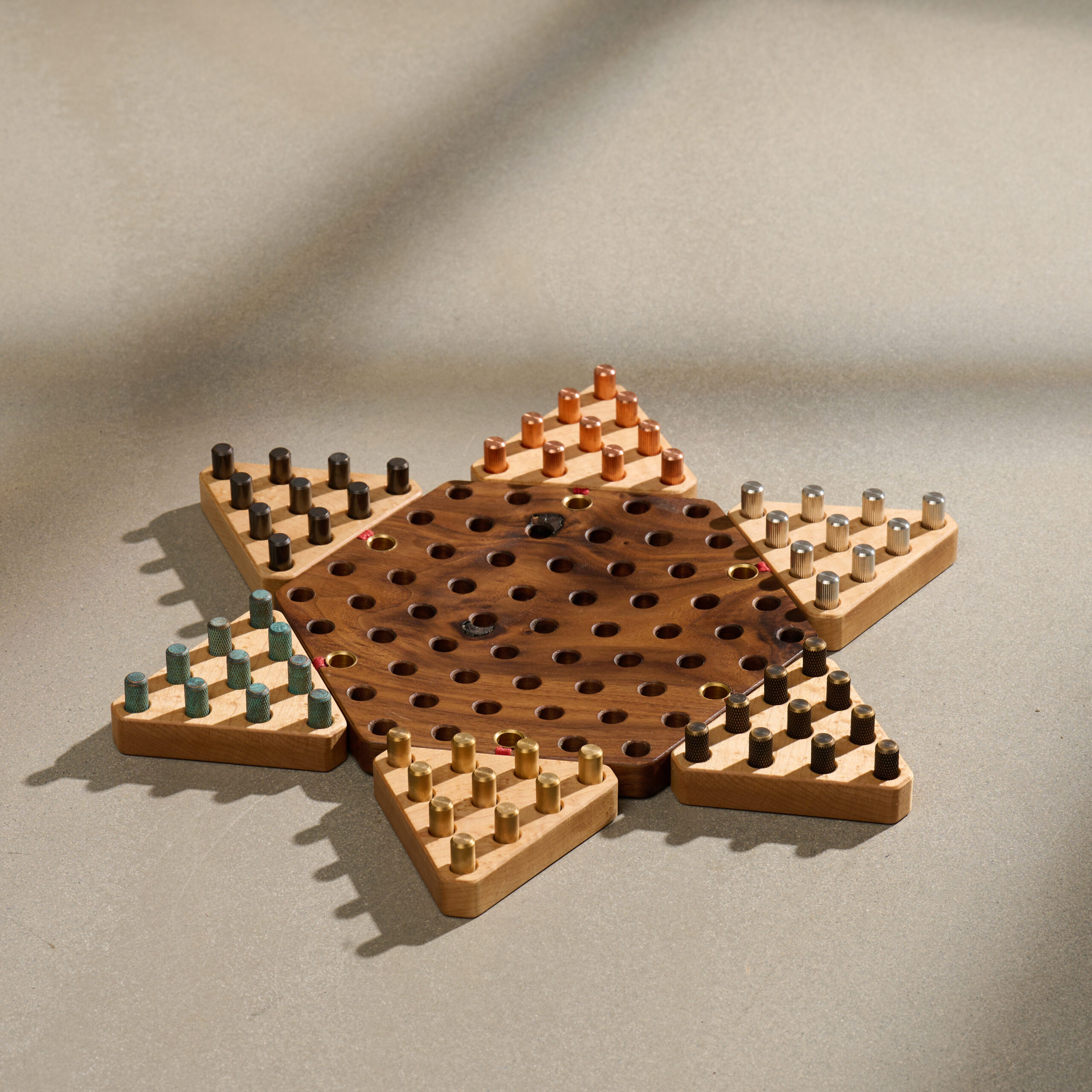
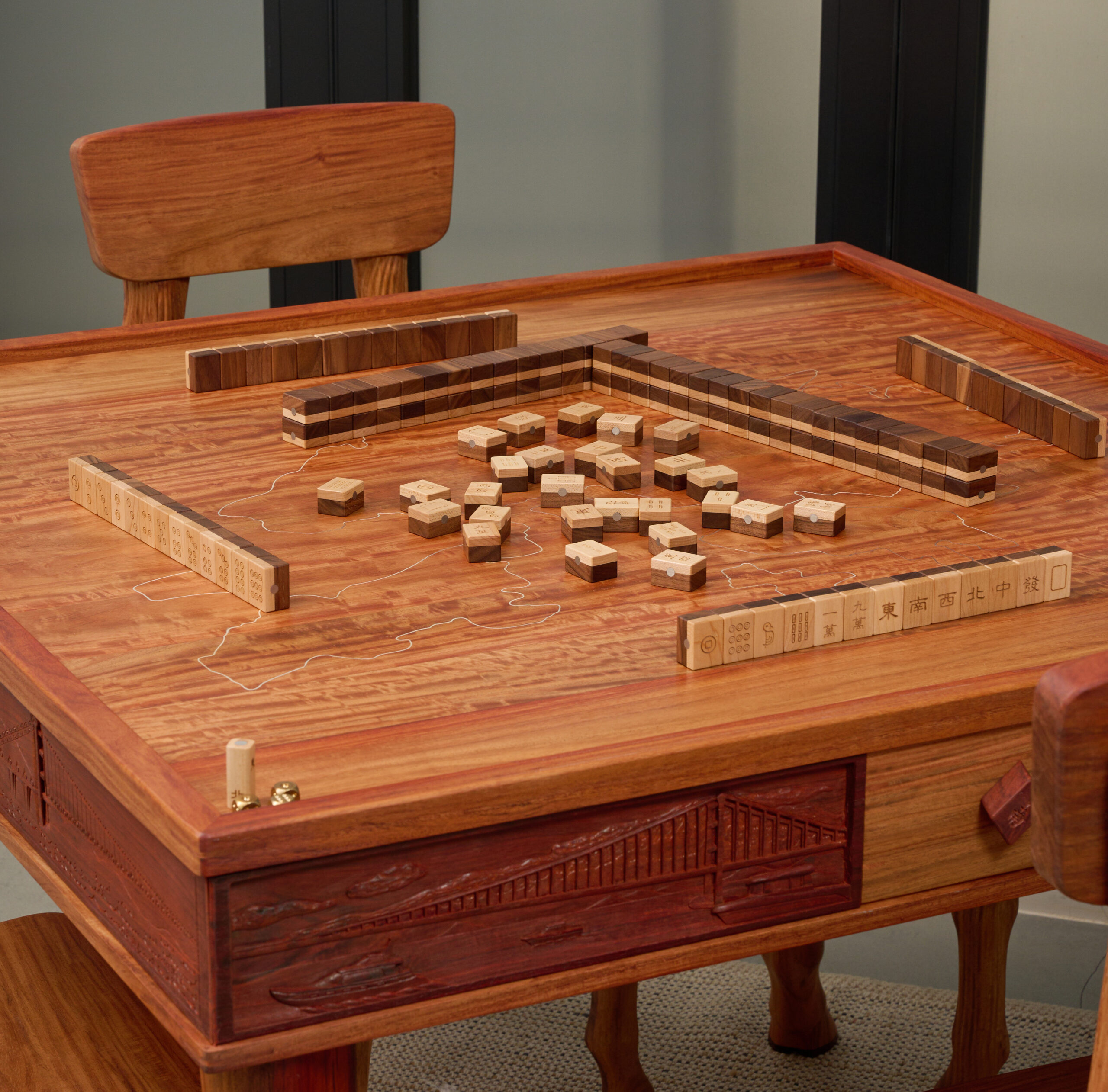
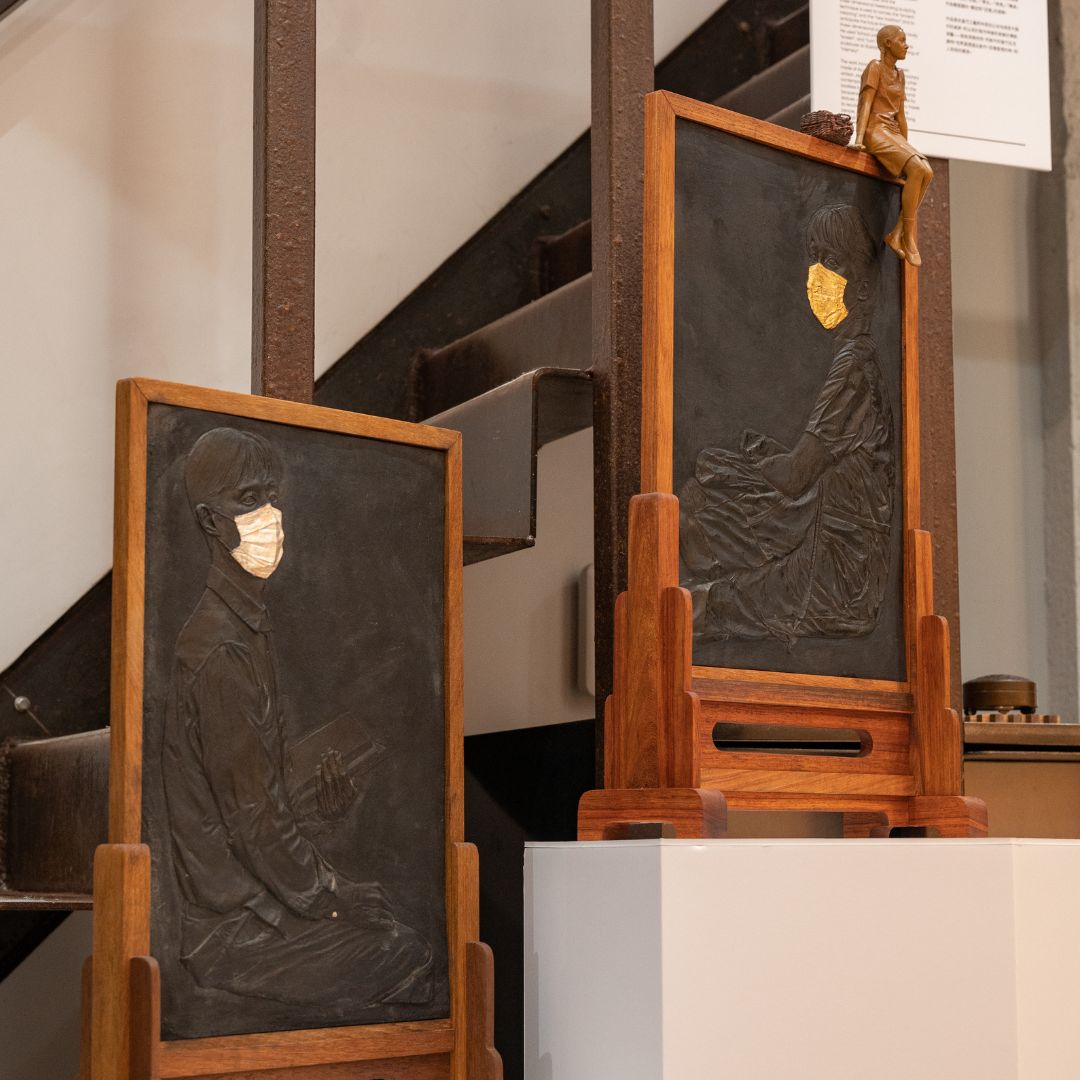
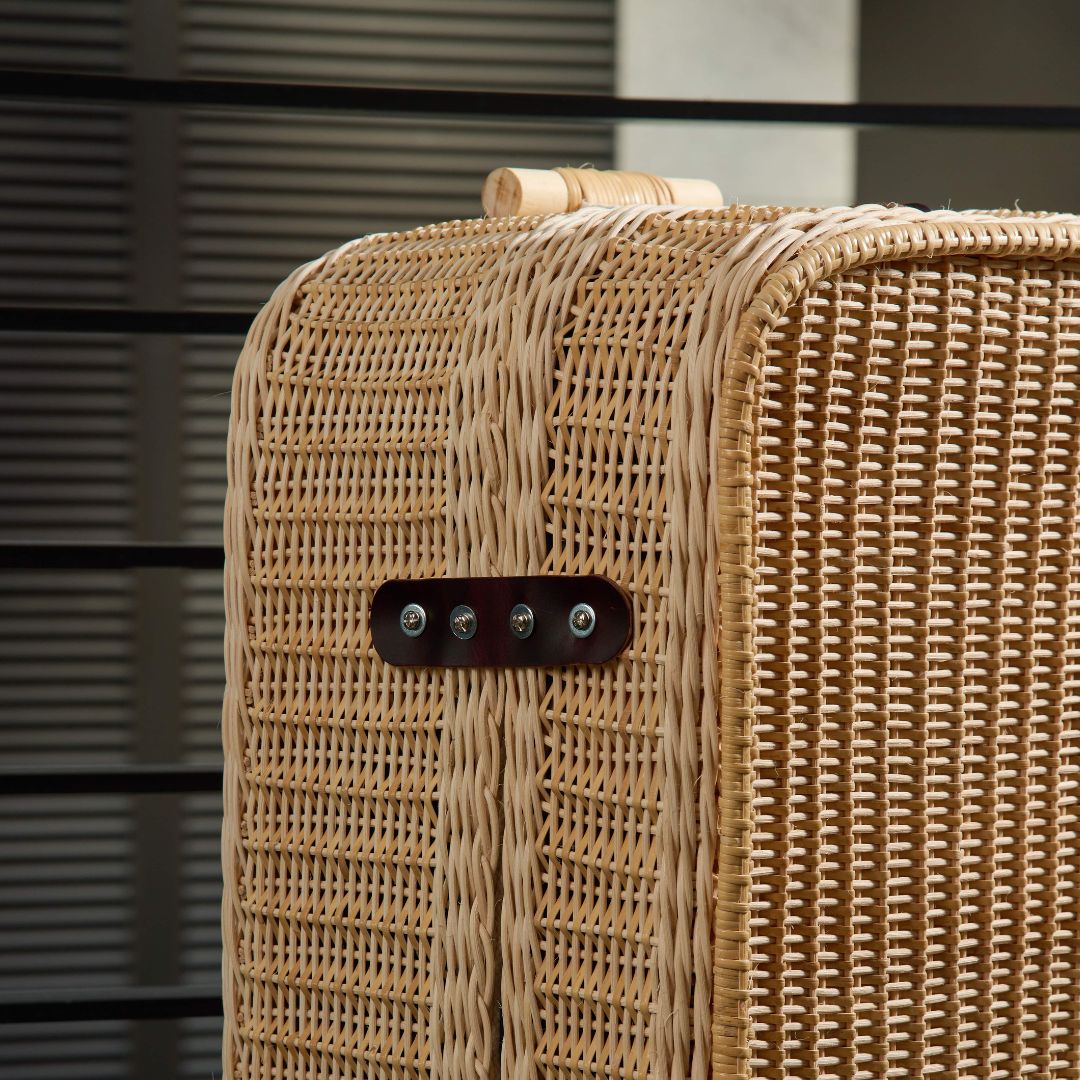
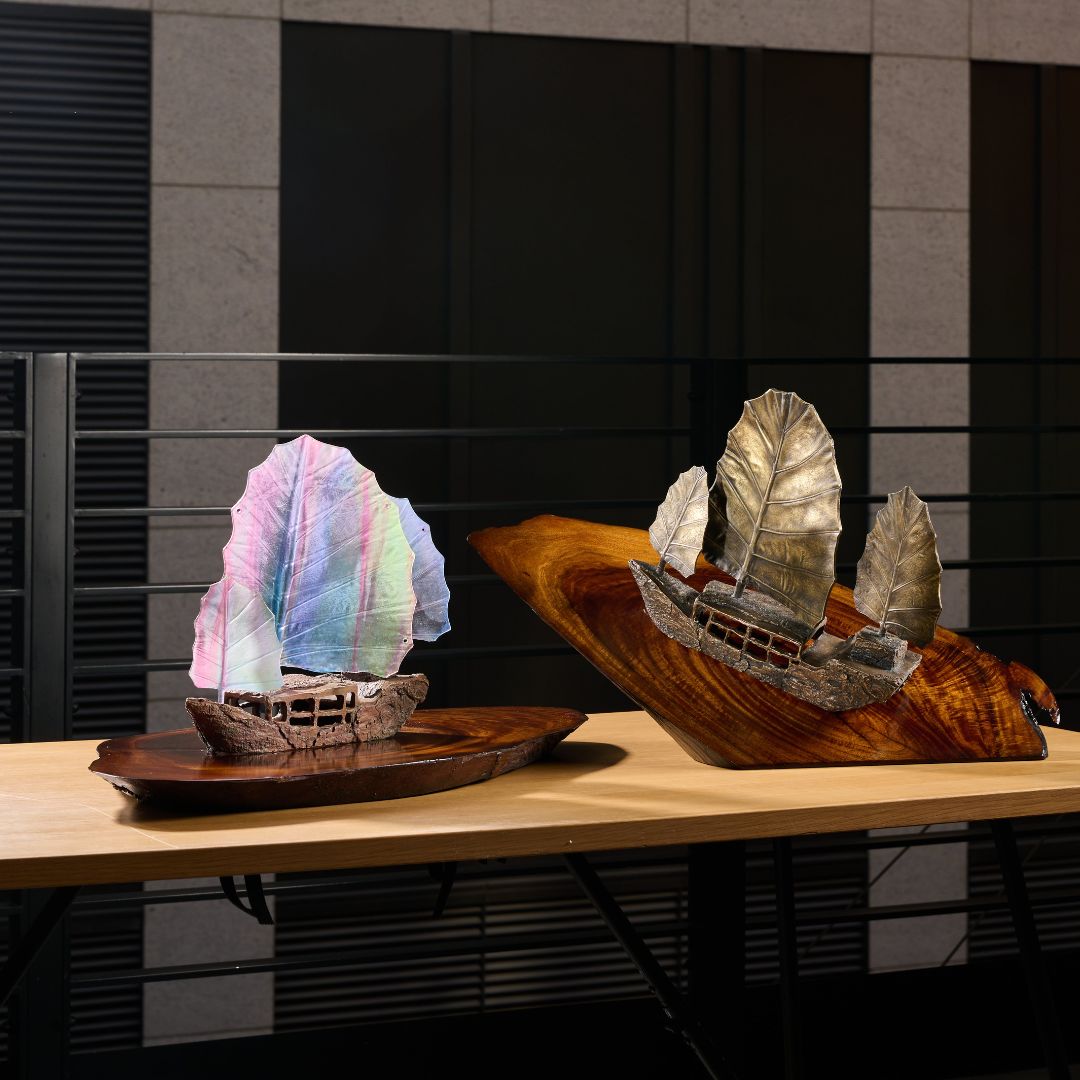
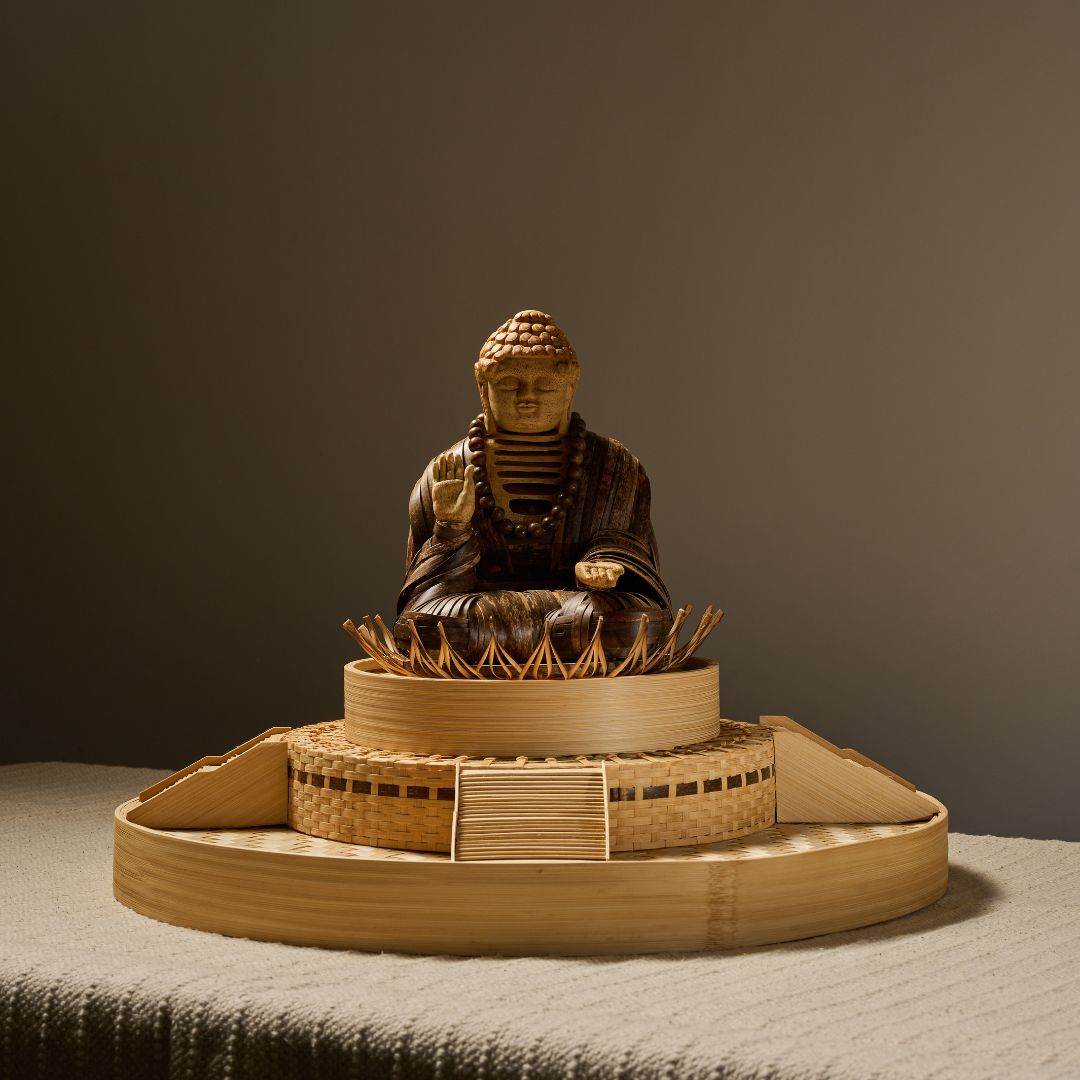
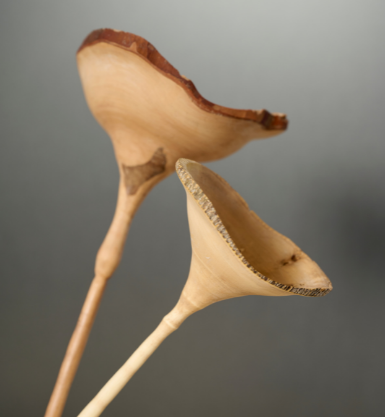
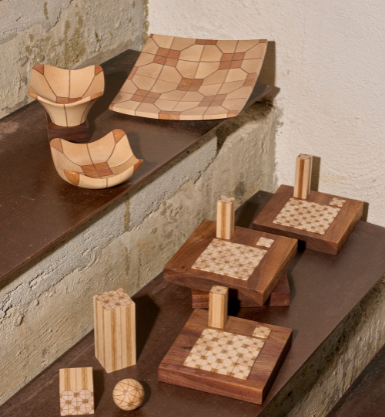
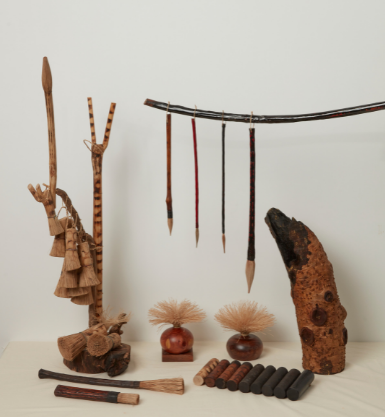
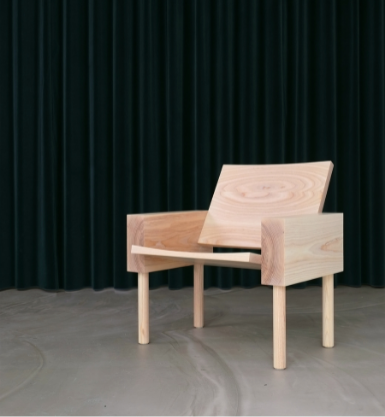
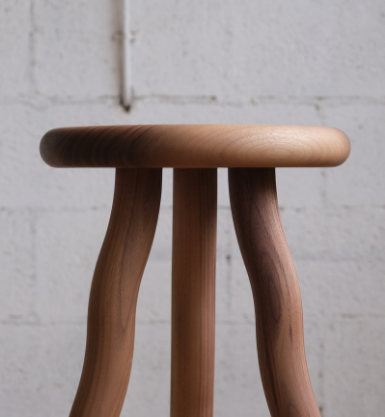
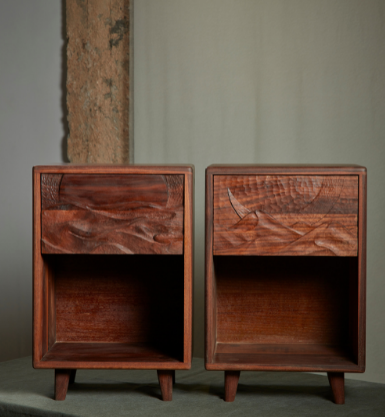
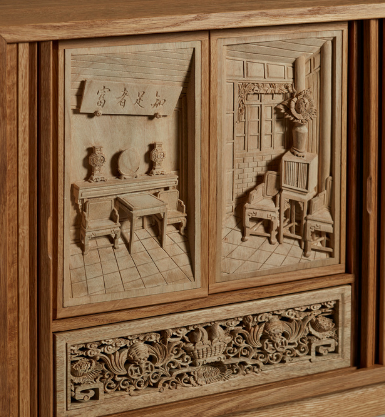
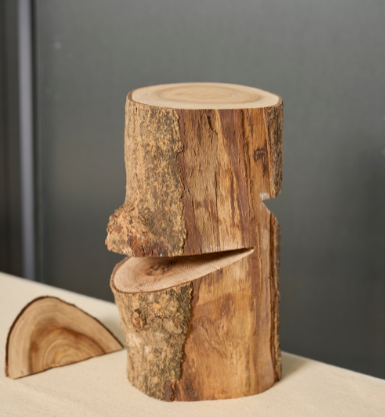
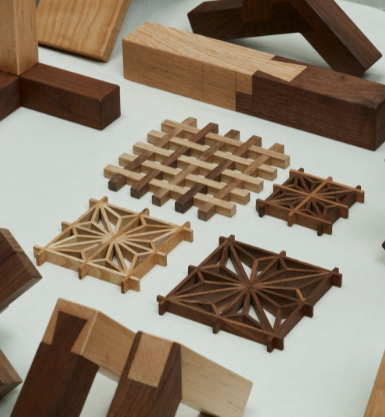
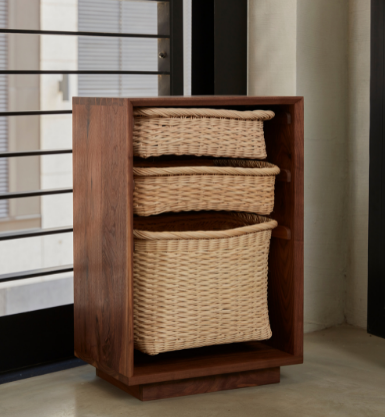
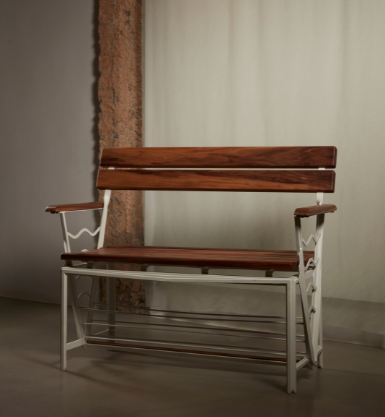
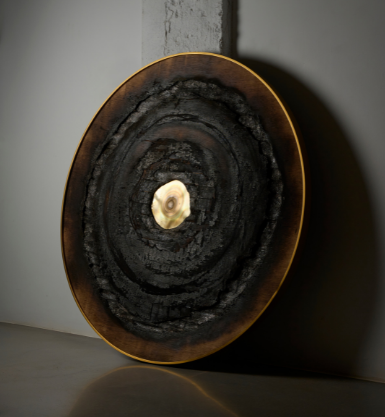
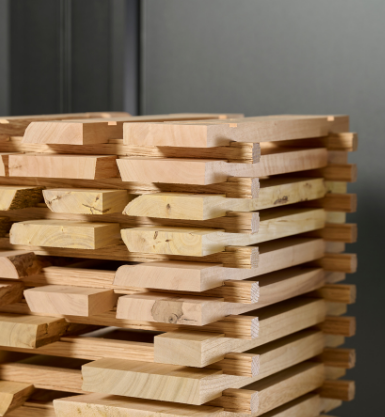
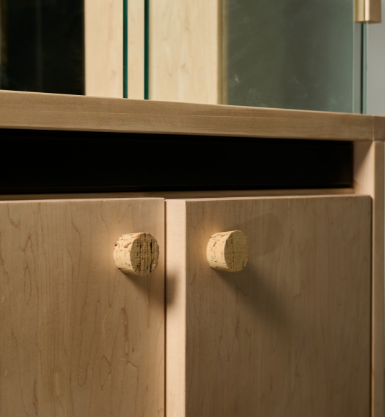
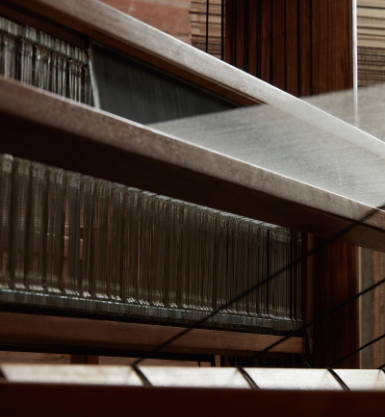
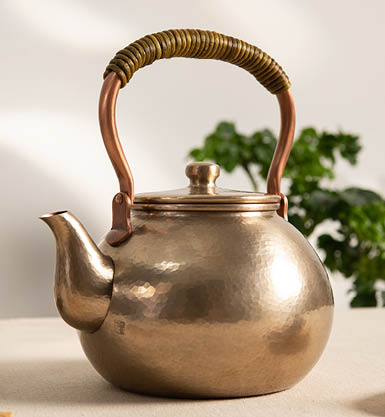
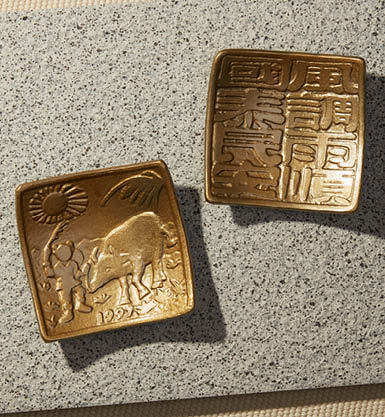
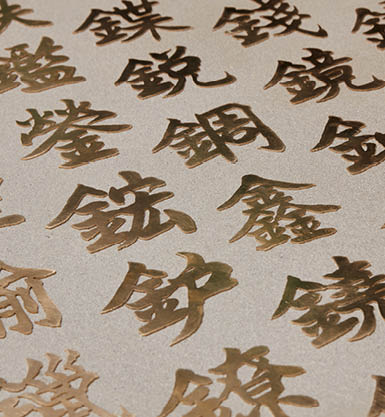
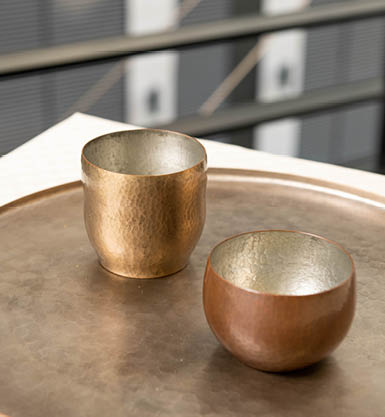
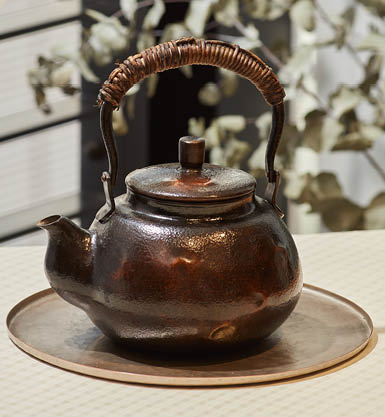
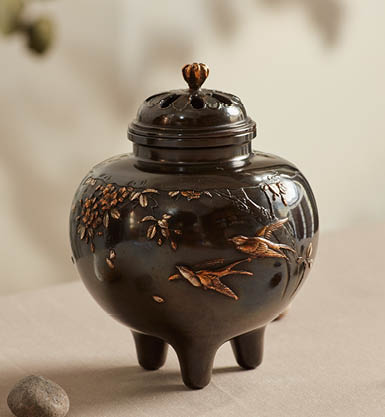
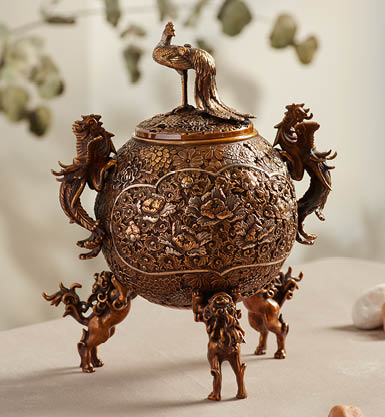
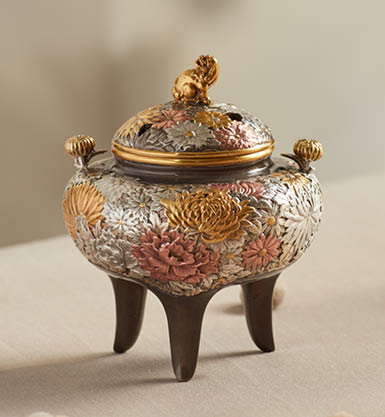
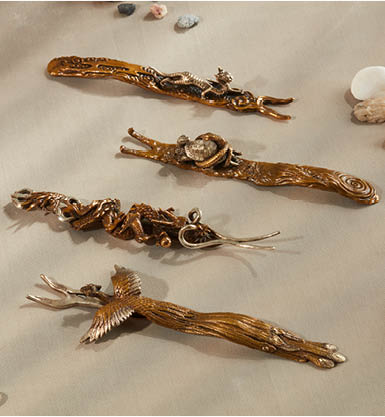
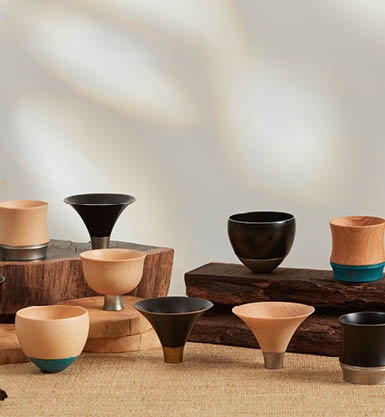
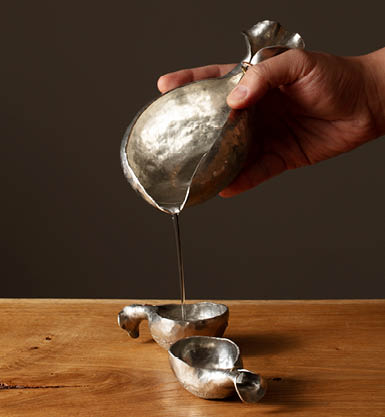
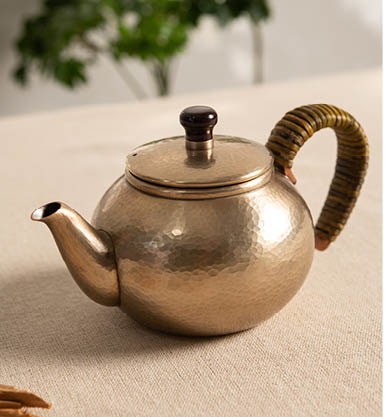
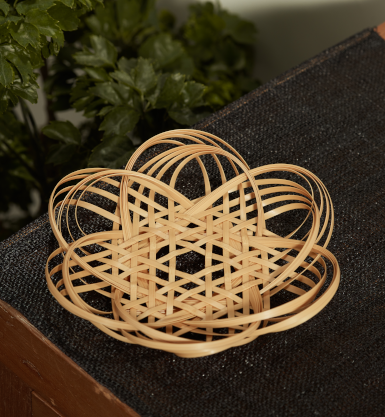
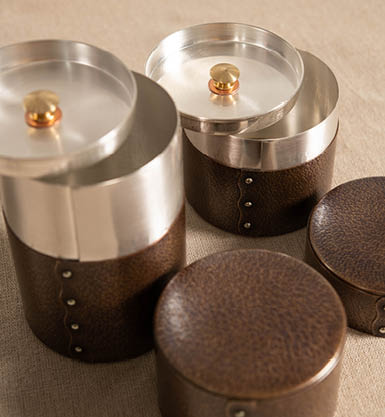
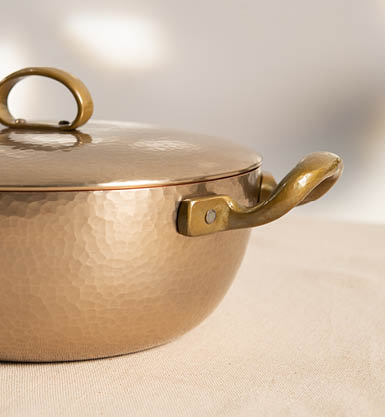
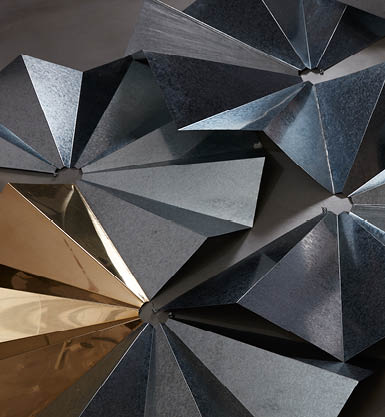
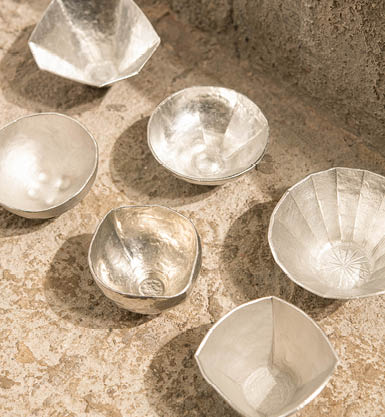
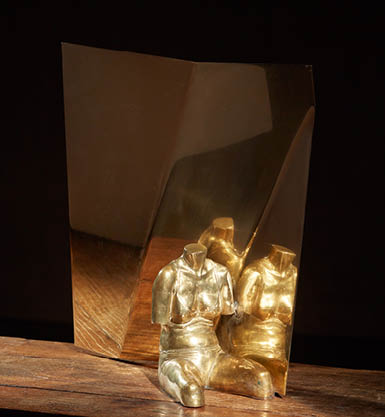
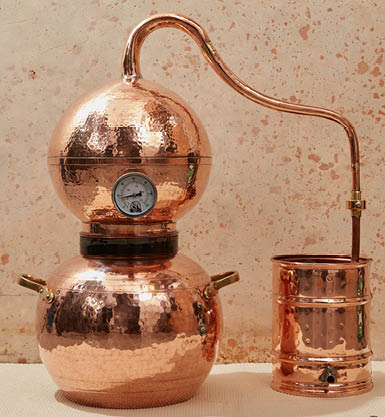
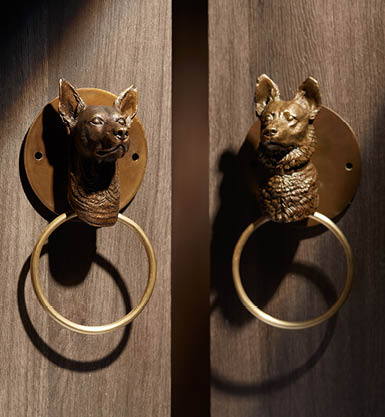
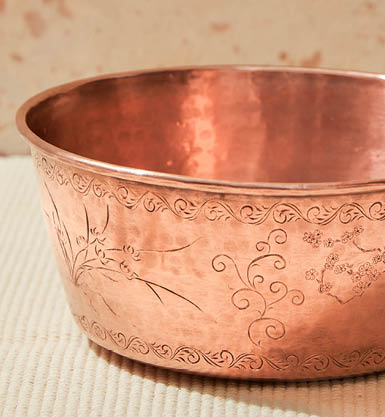
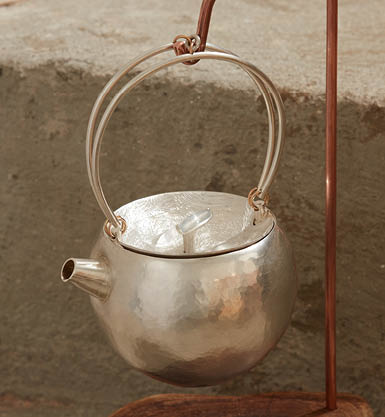
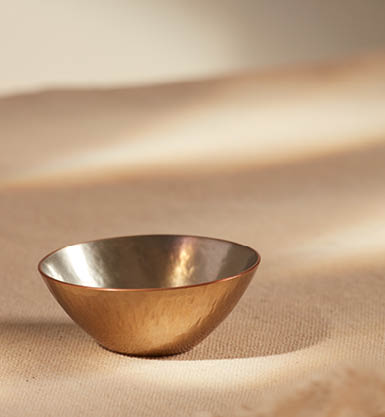
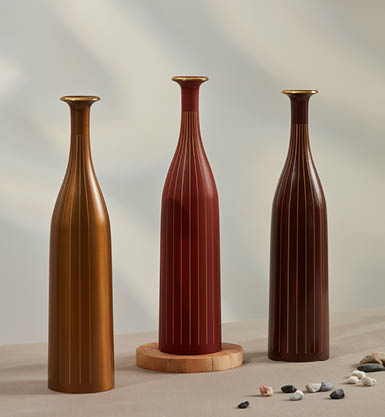
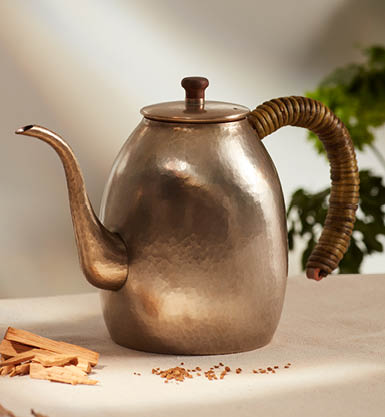
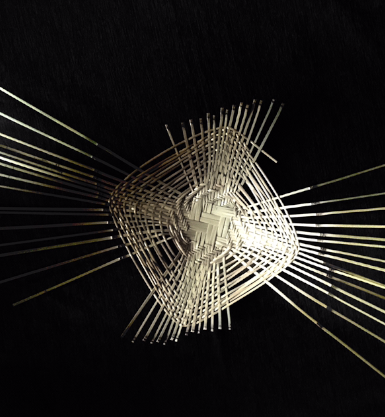
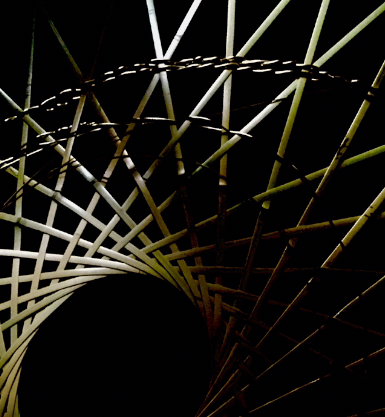
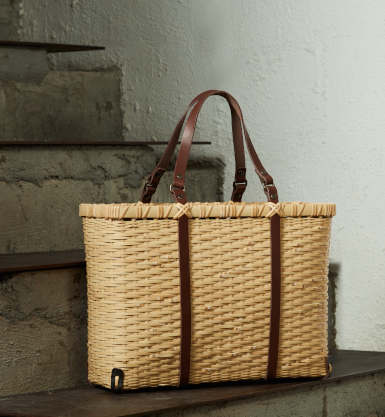
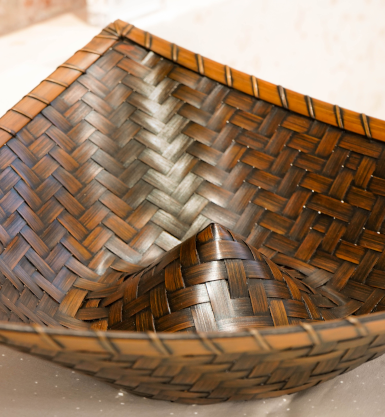
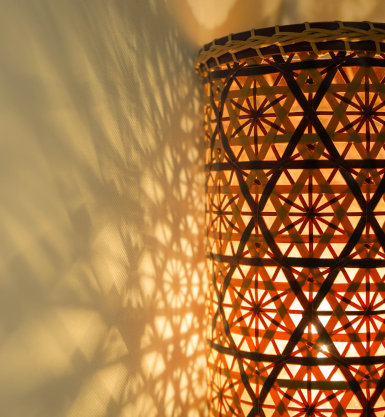
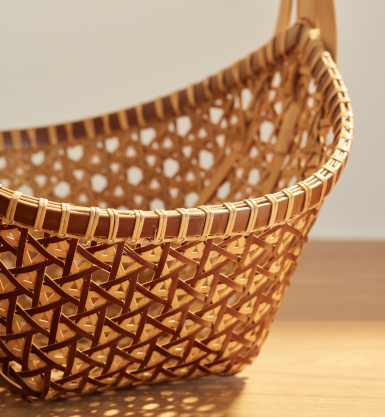
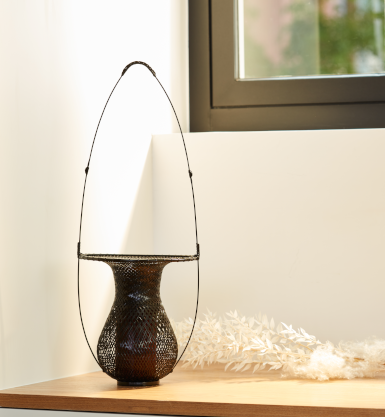
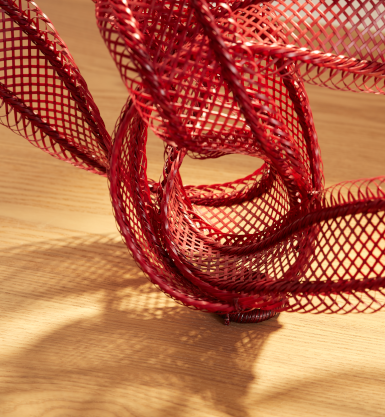
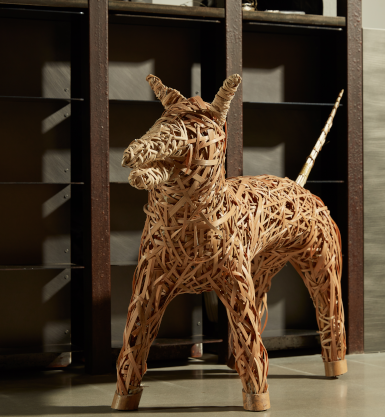
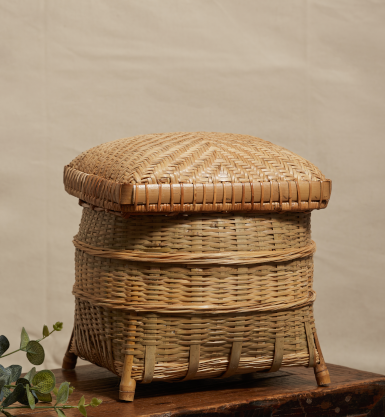
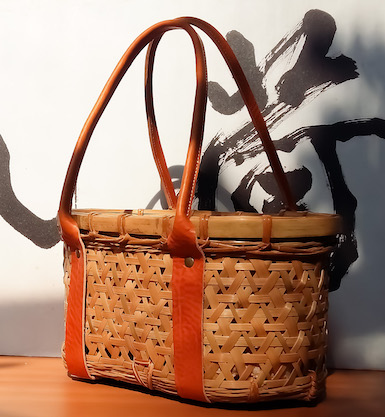
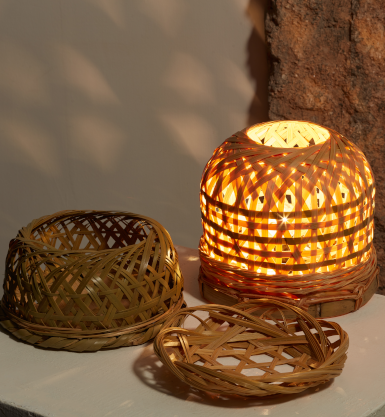
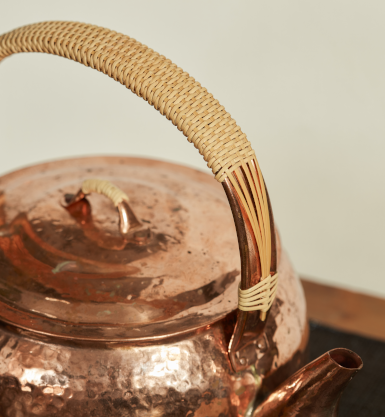
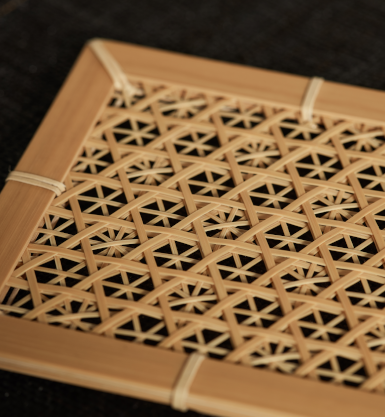
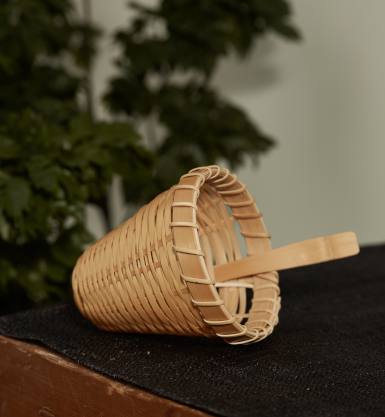
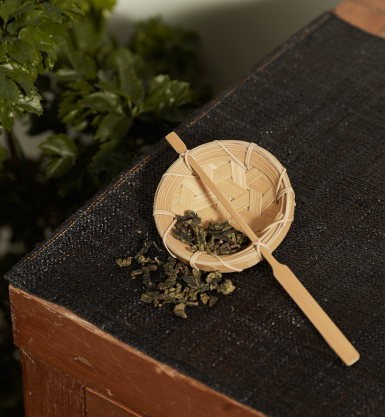
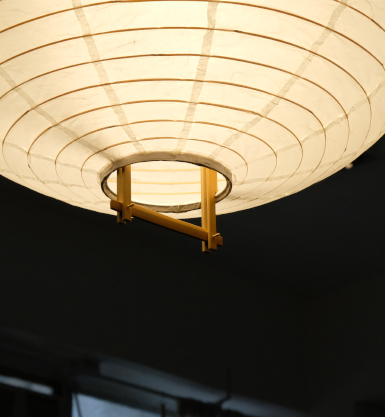
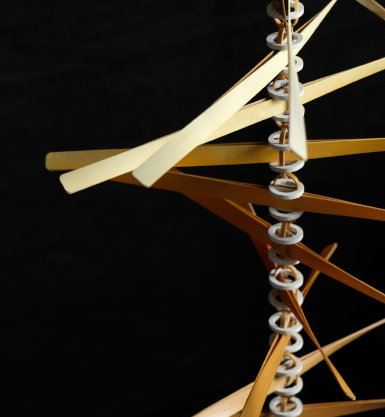
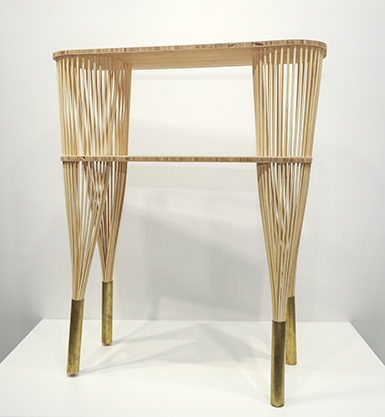
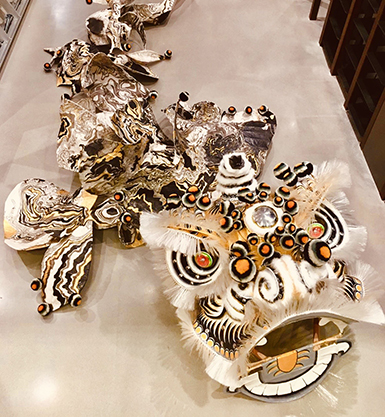
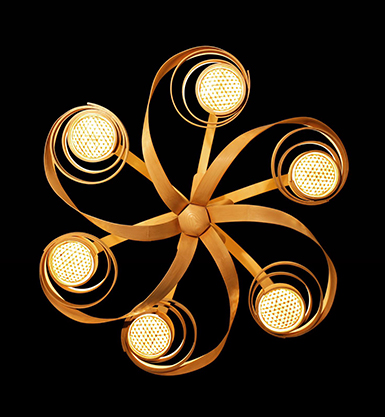
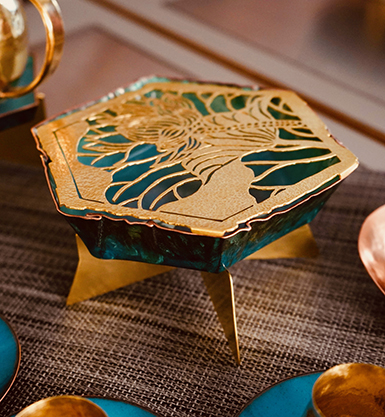







Auspicious Horizons
Yue Kee Rattan Factory & Ahung Masikadd & Barnard Chan & Cecilia Lai


























































































